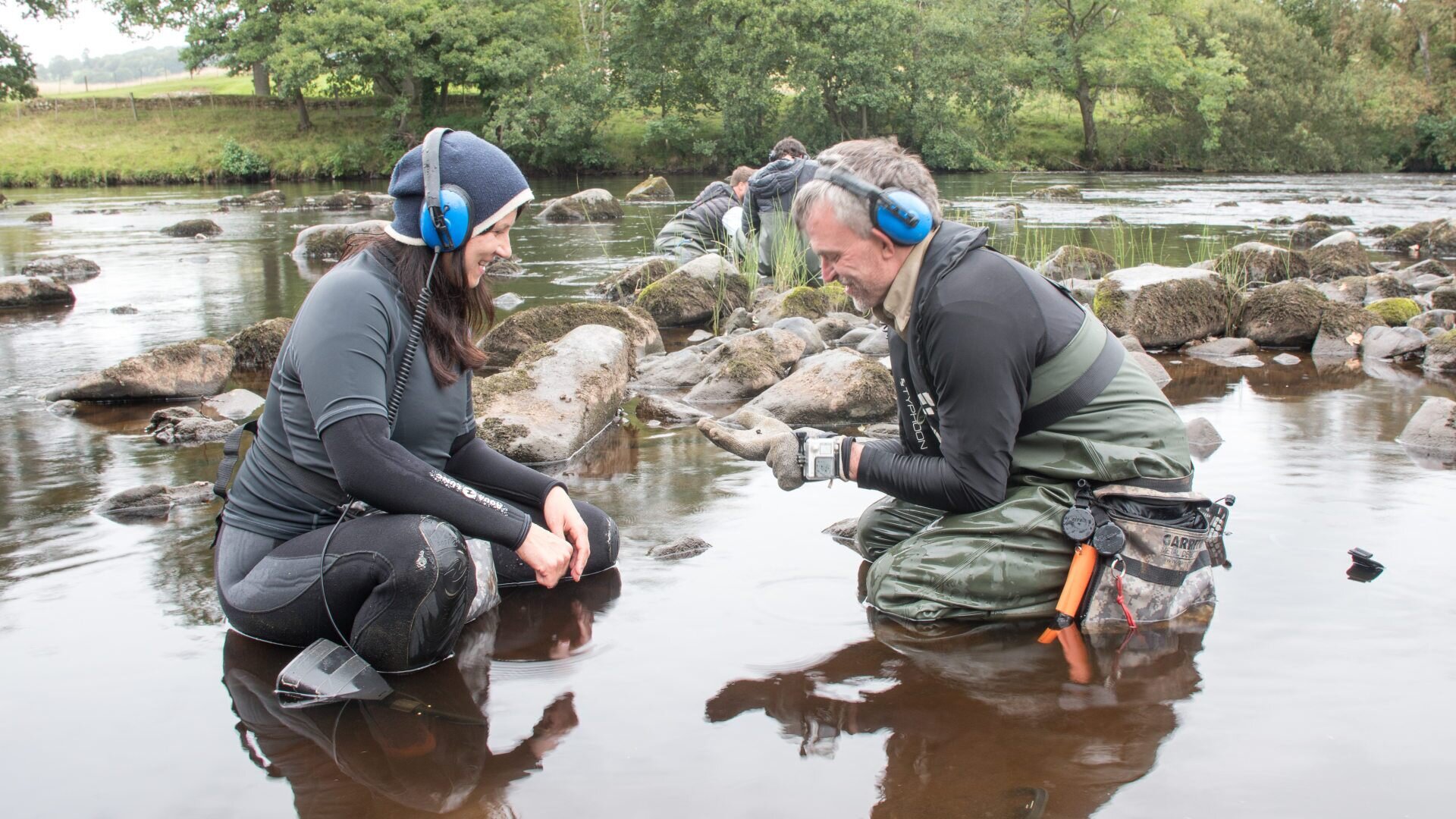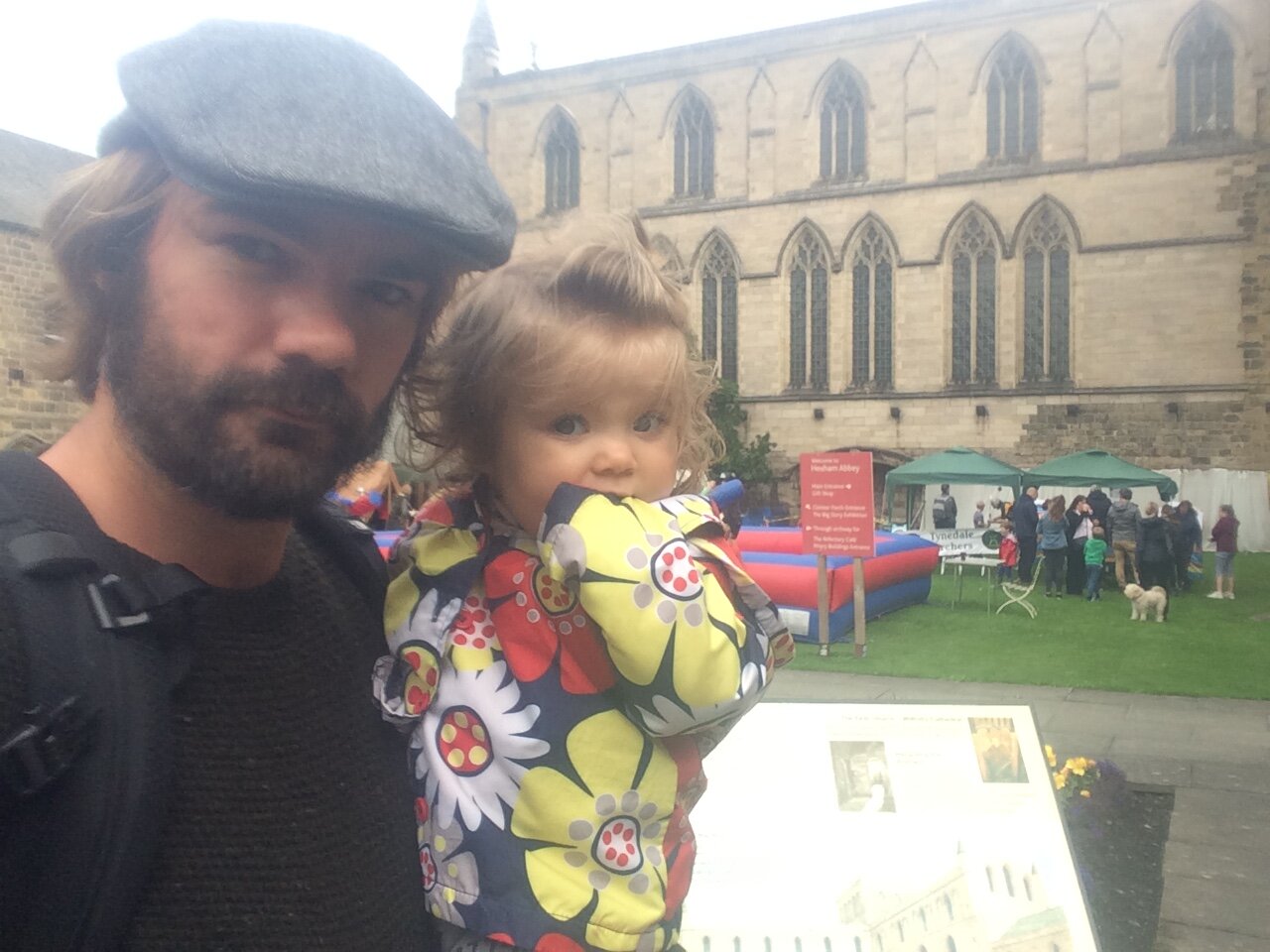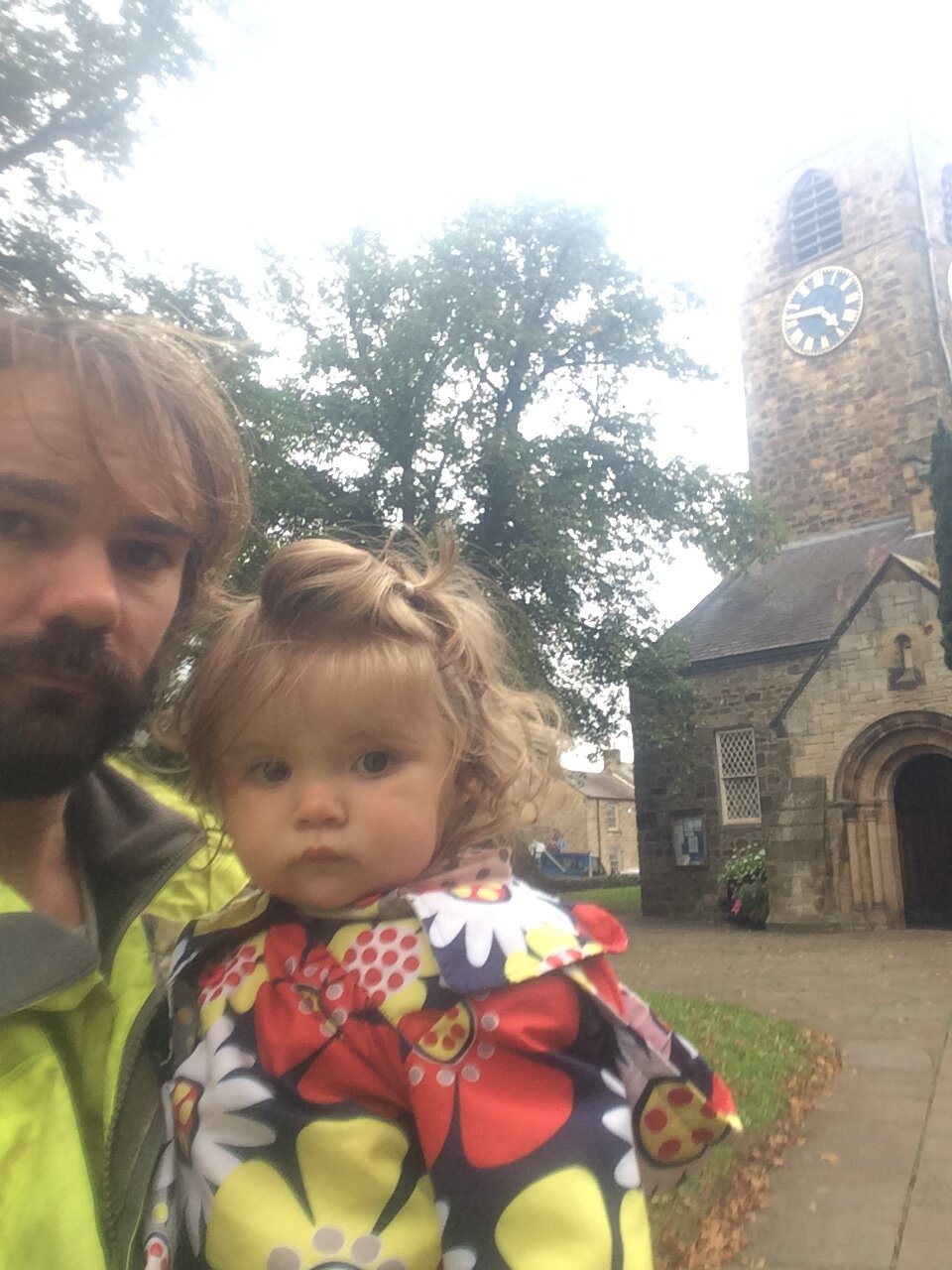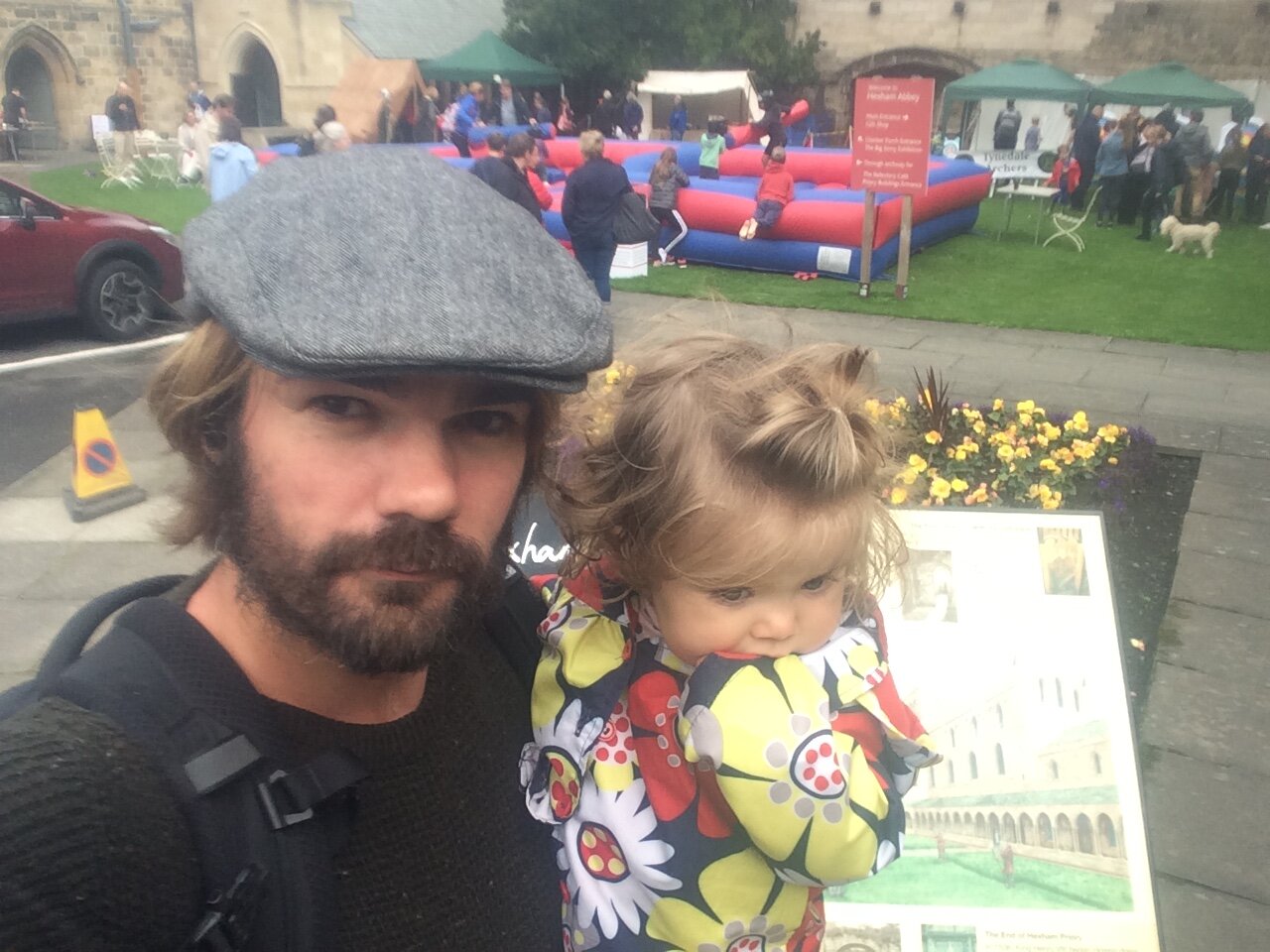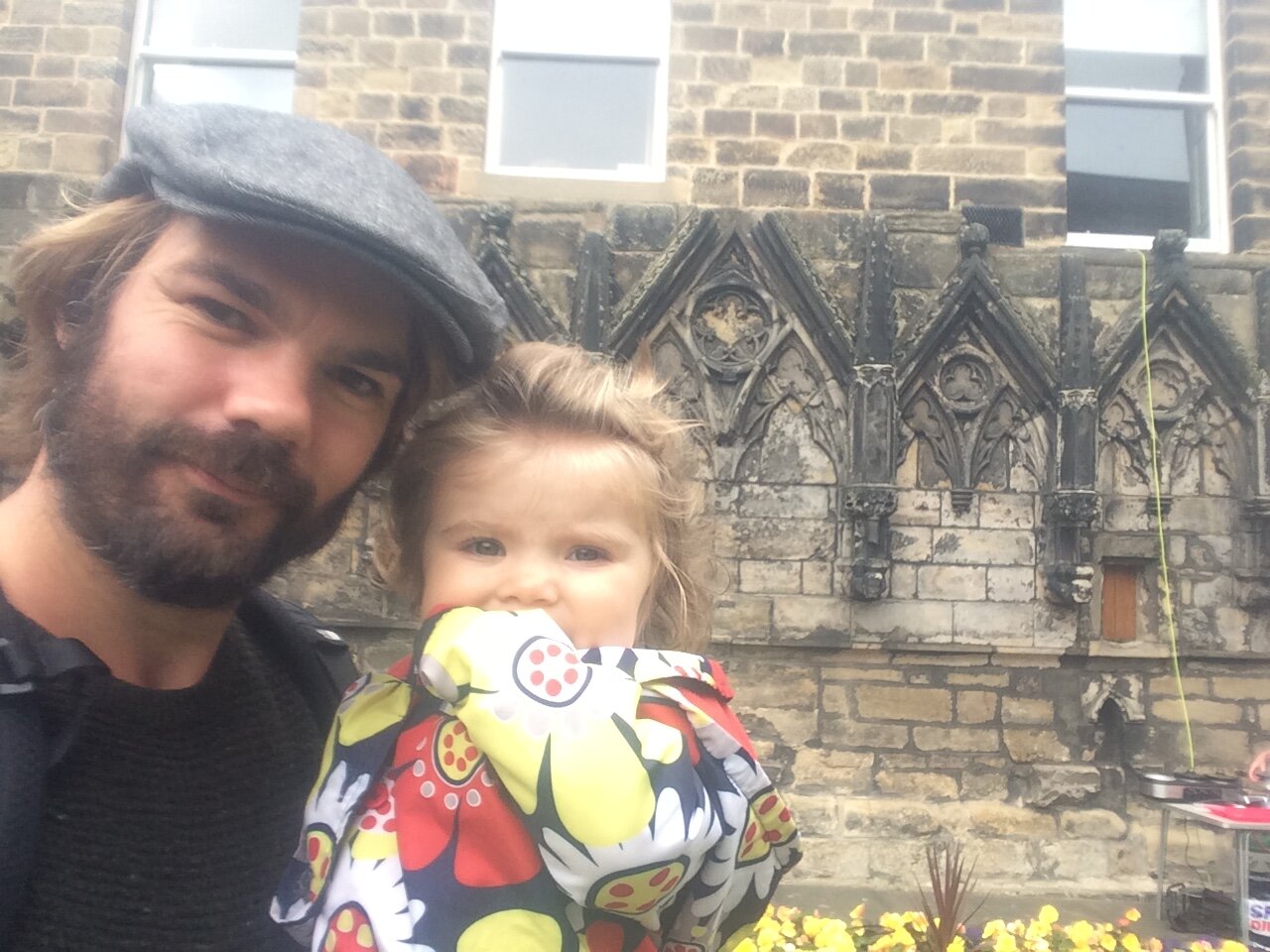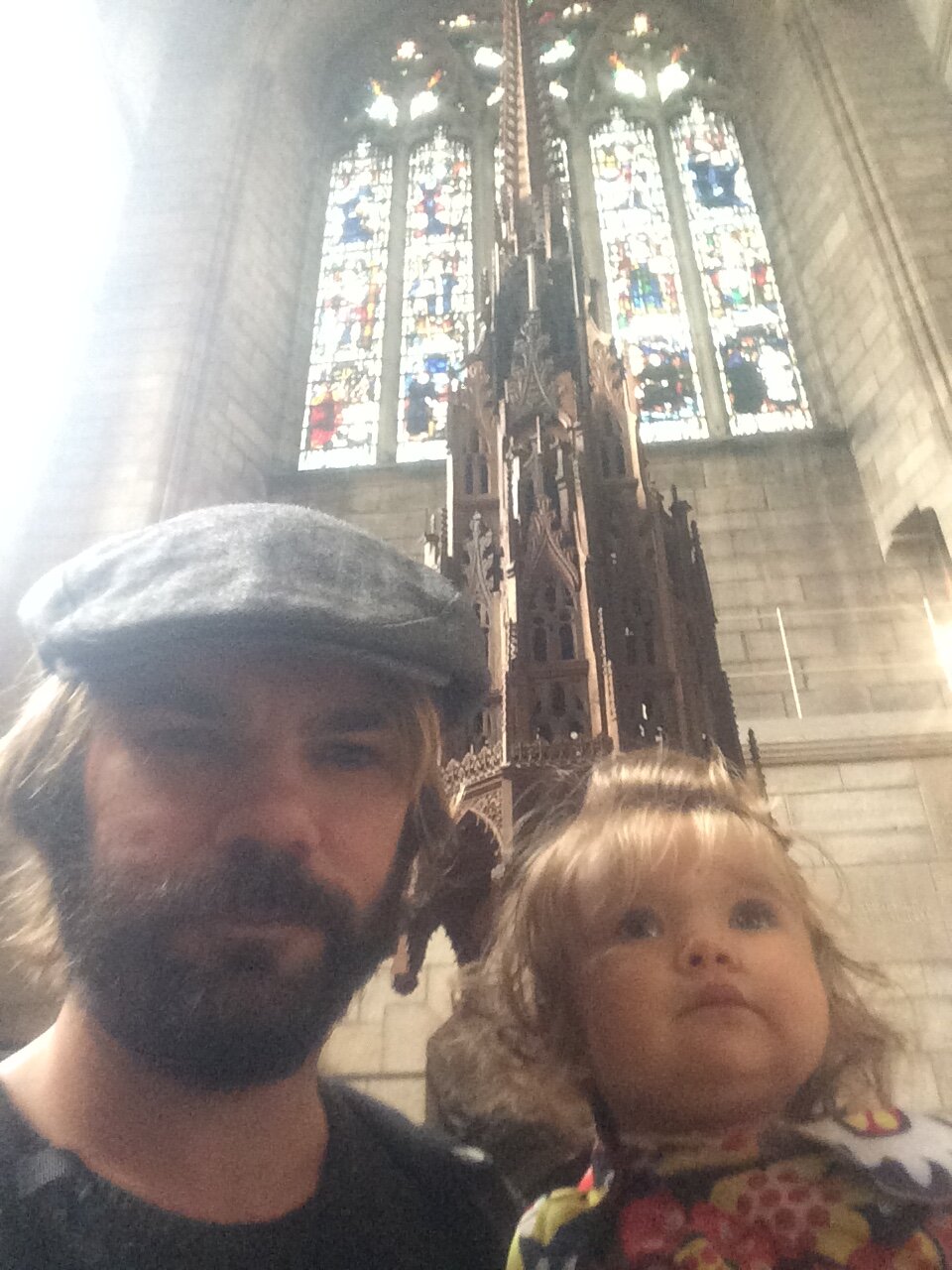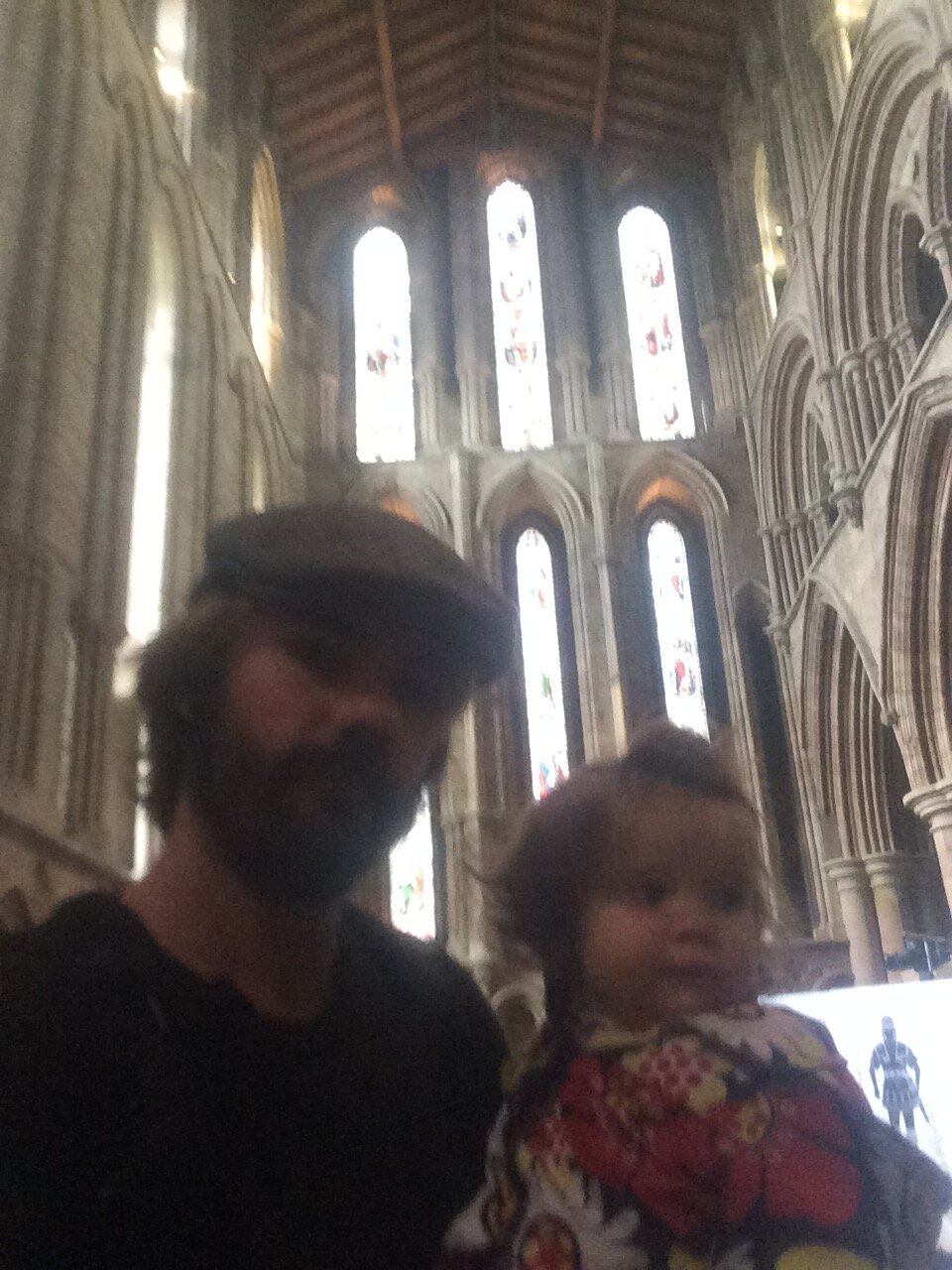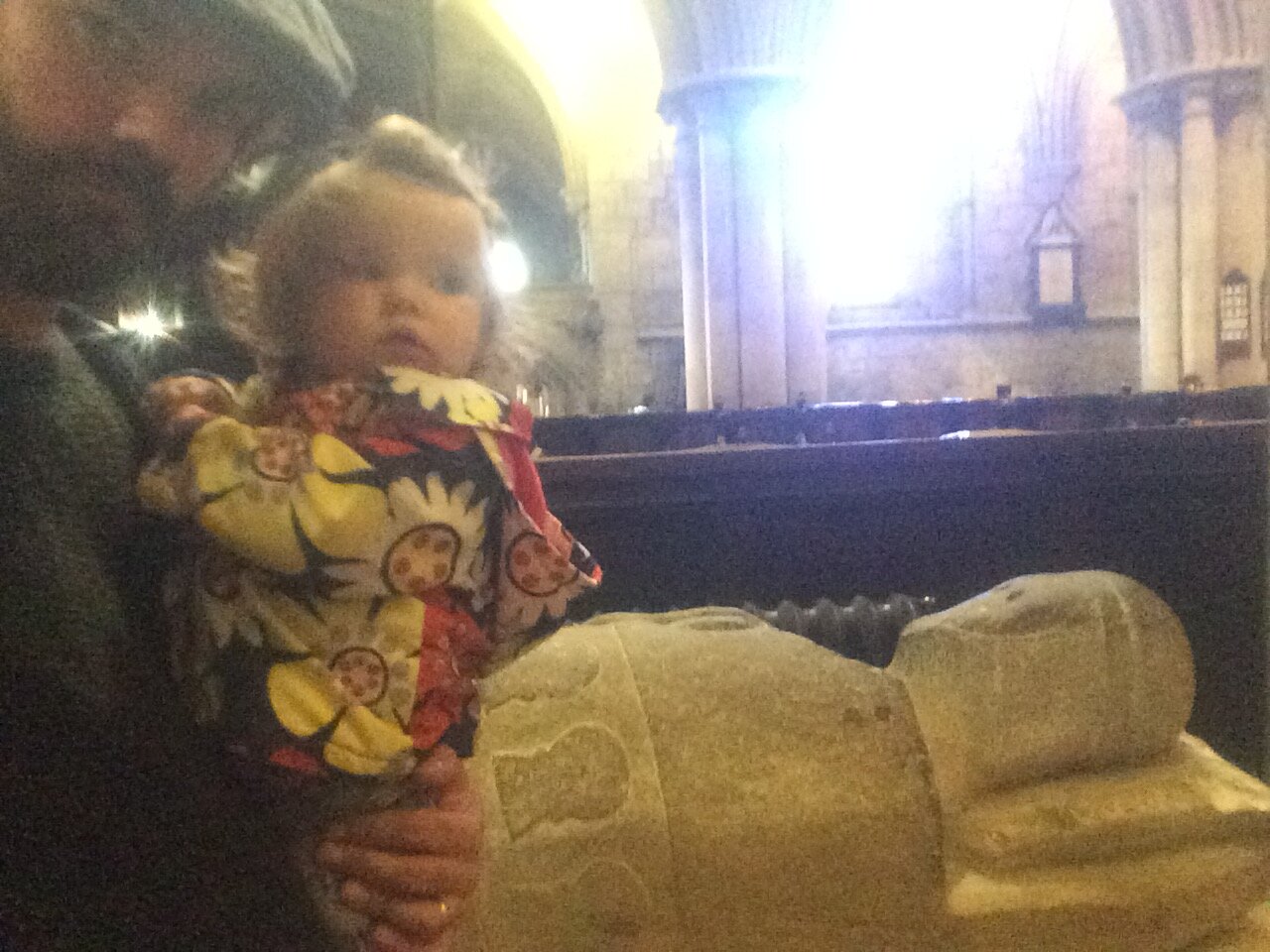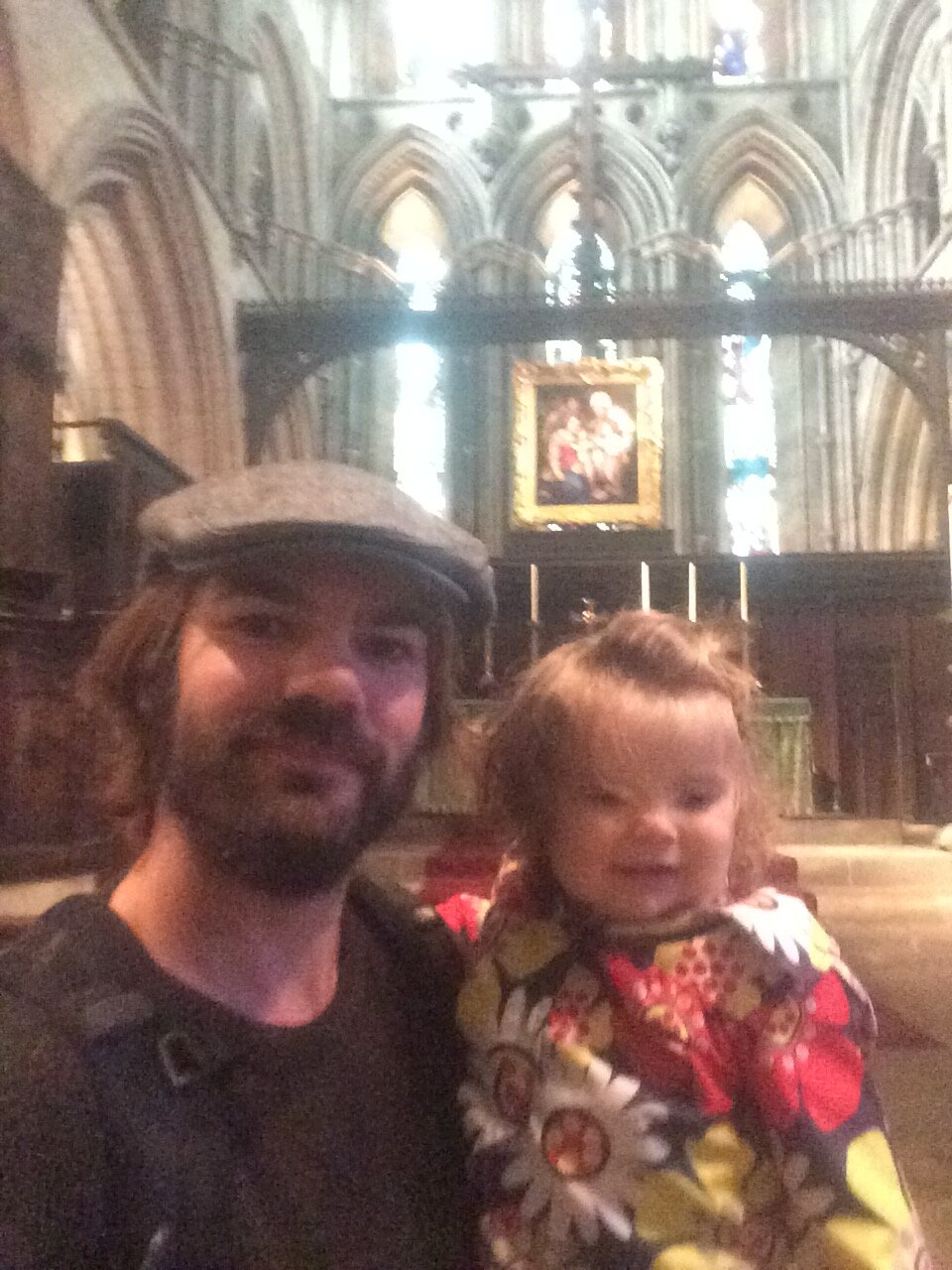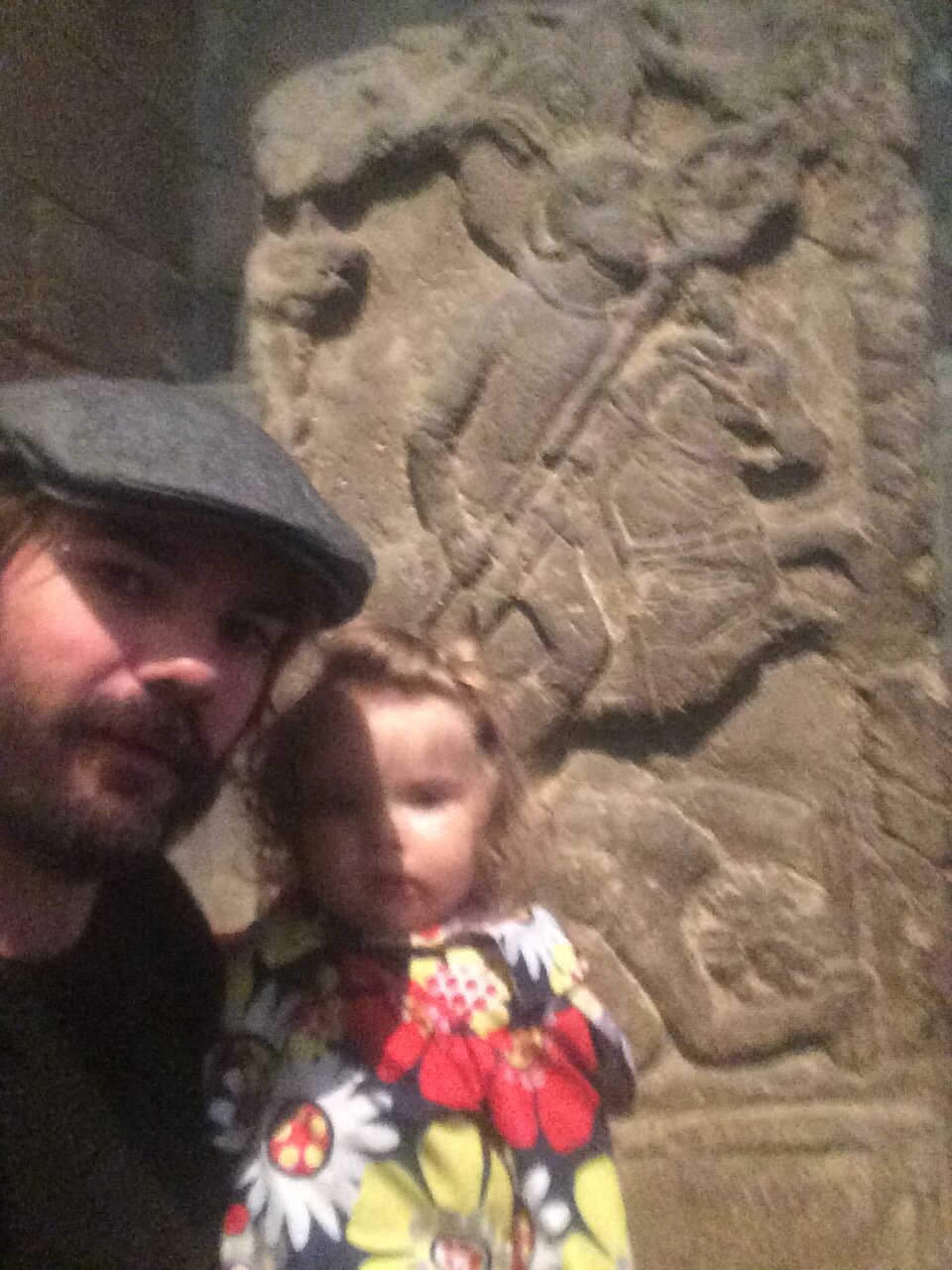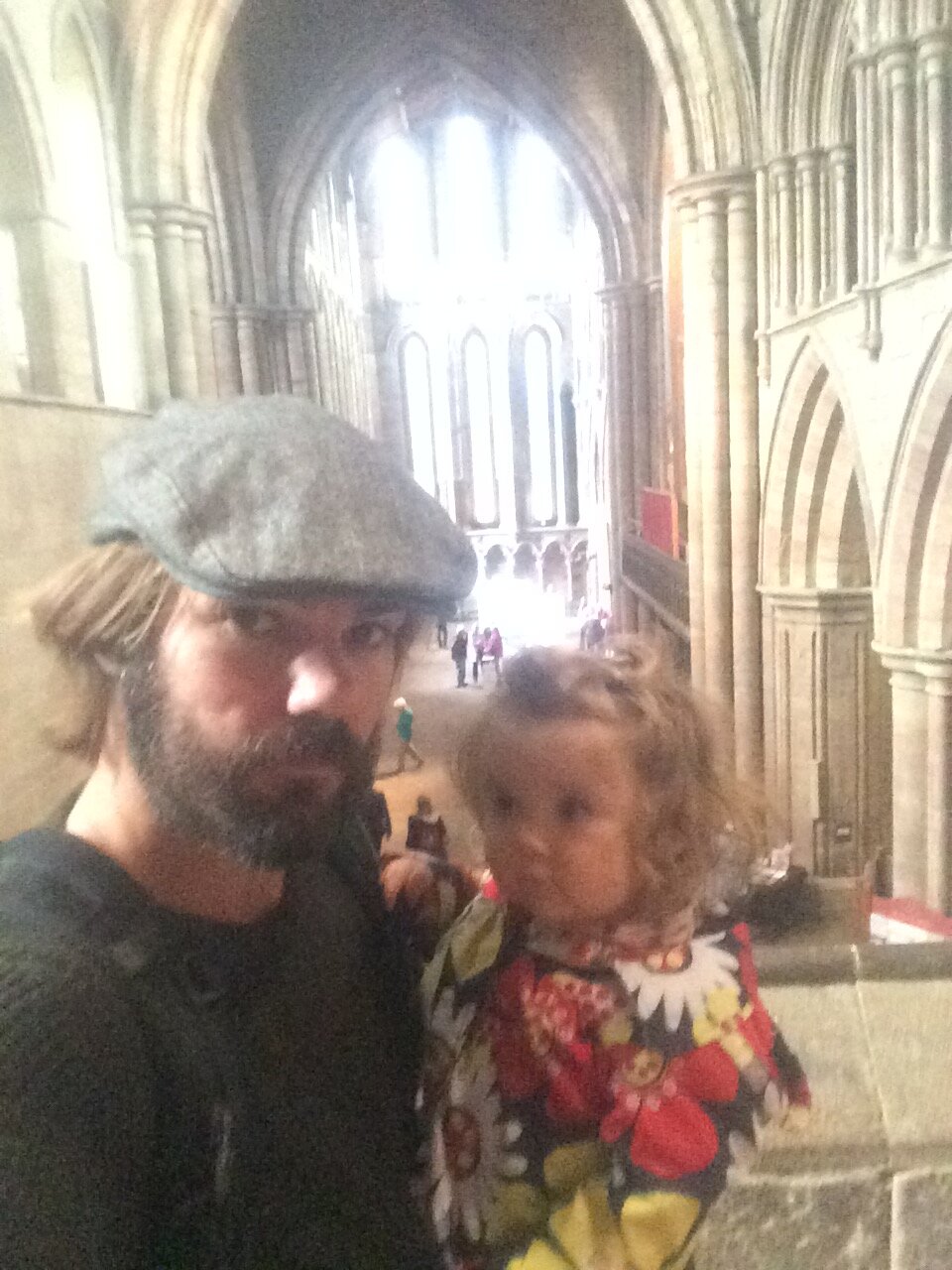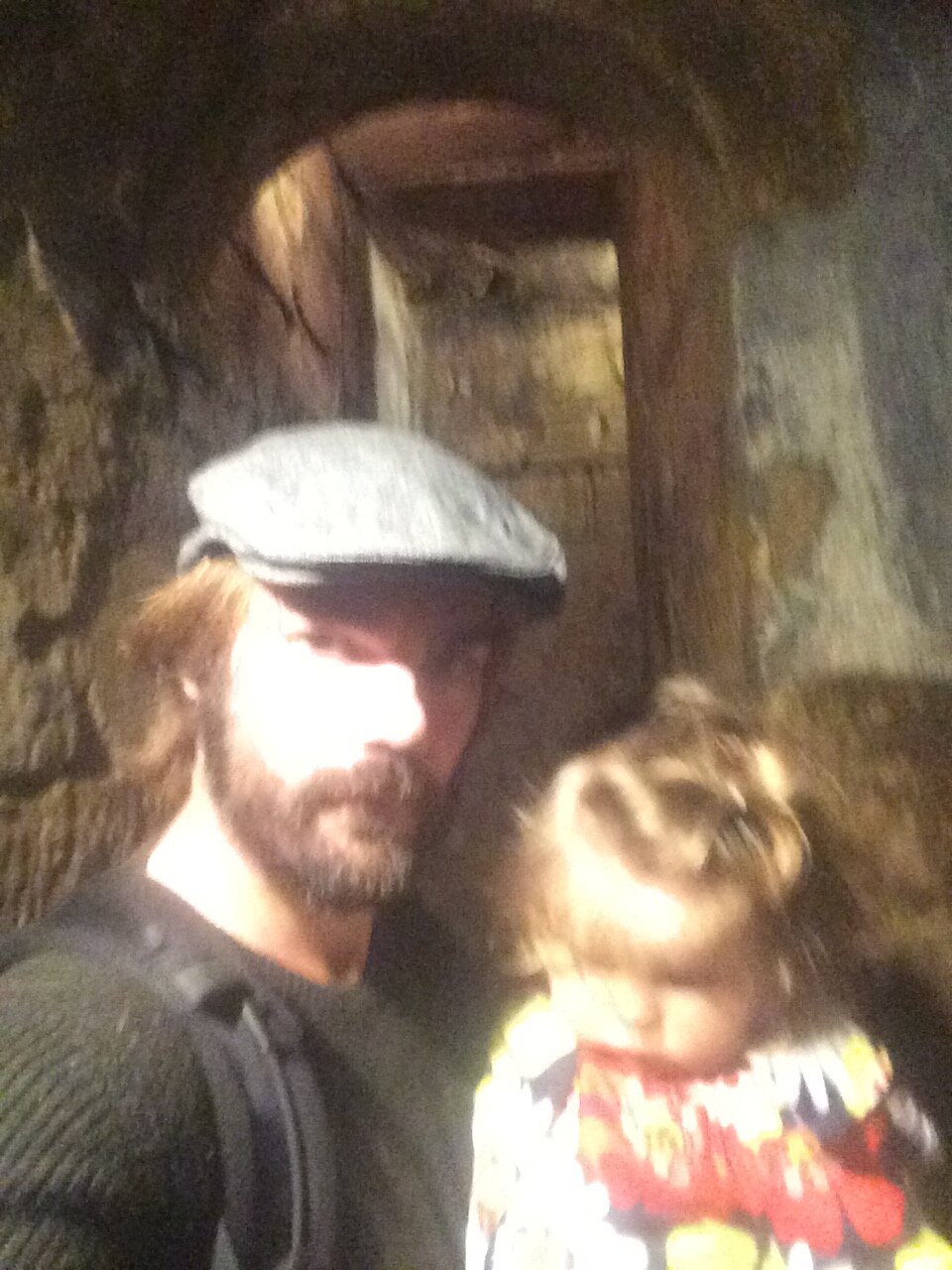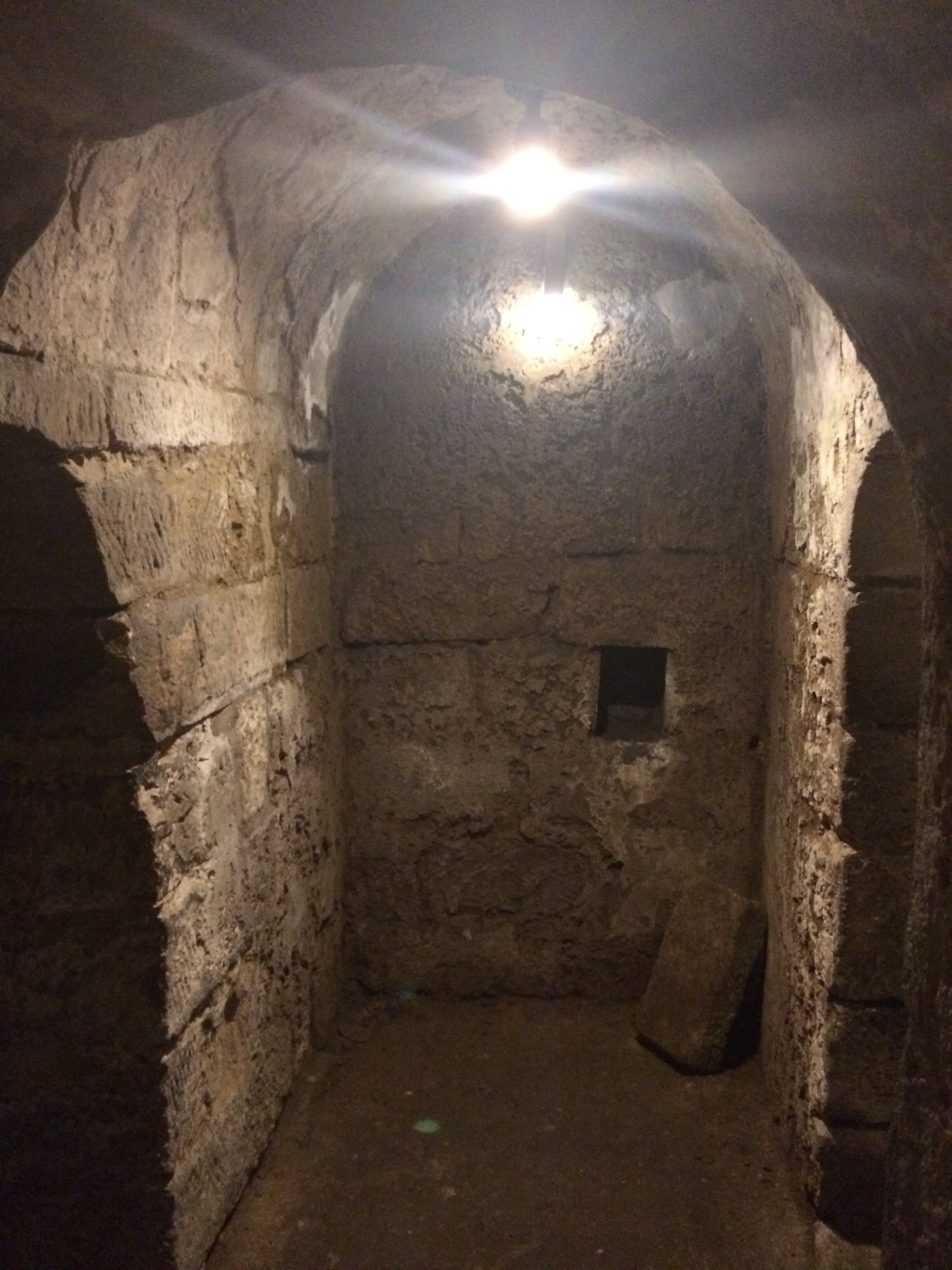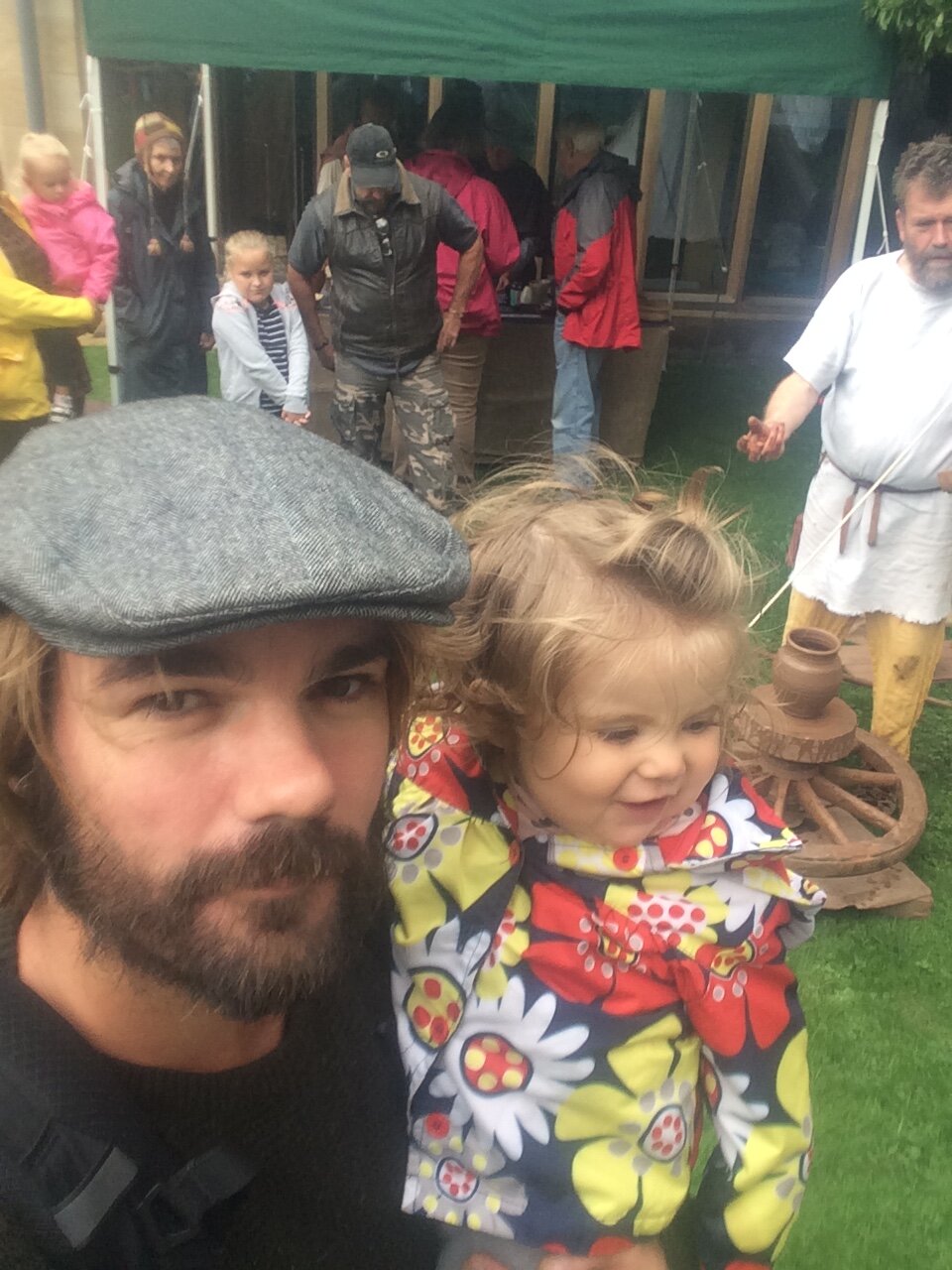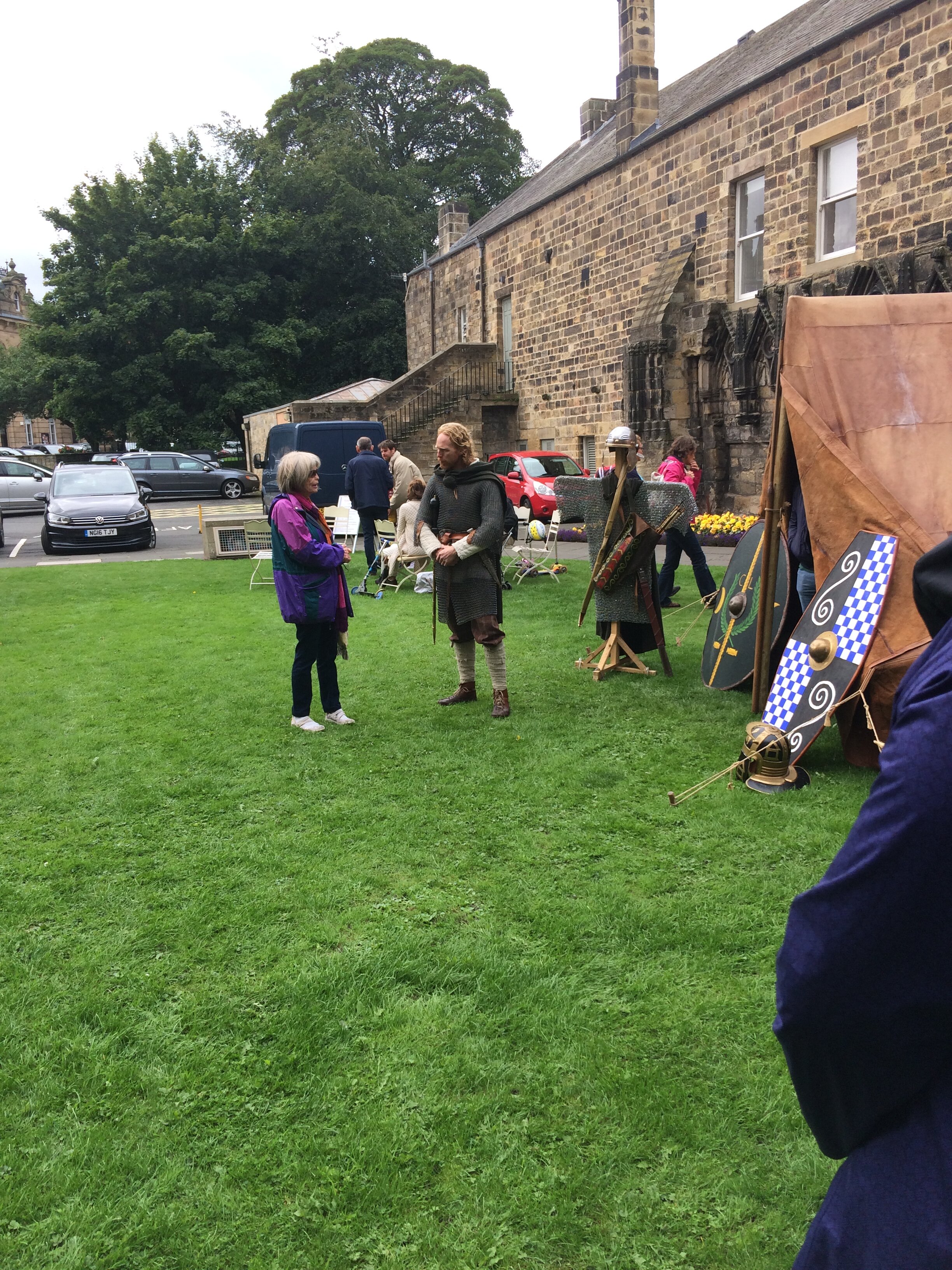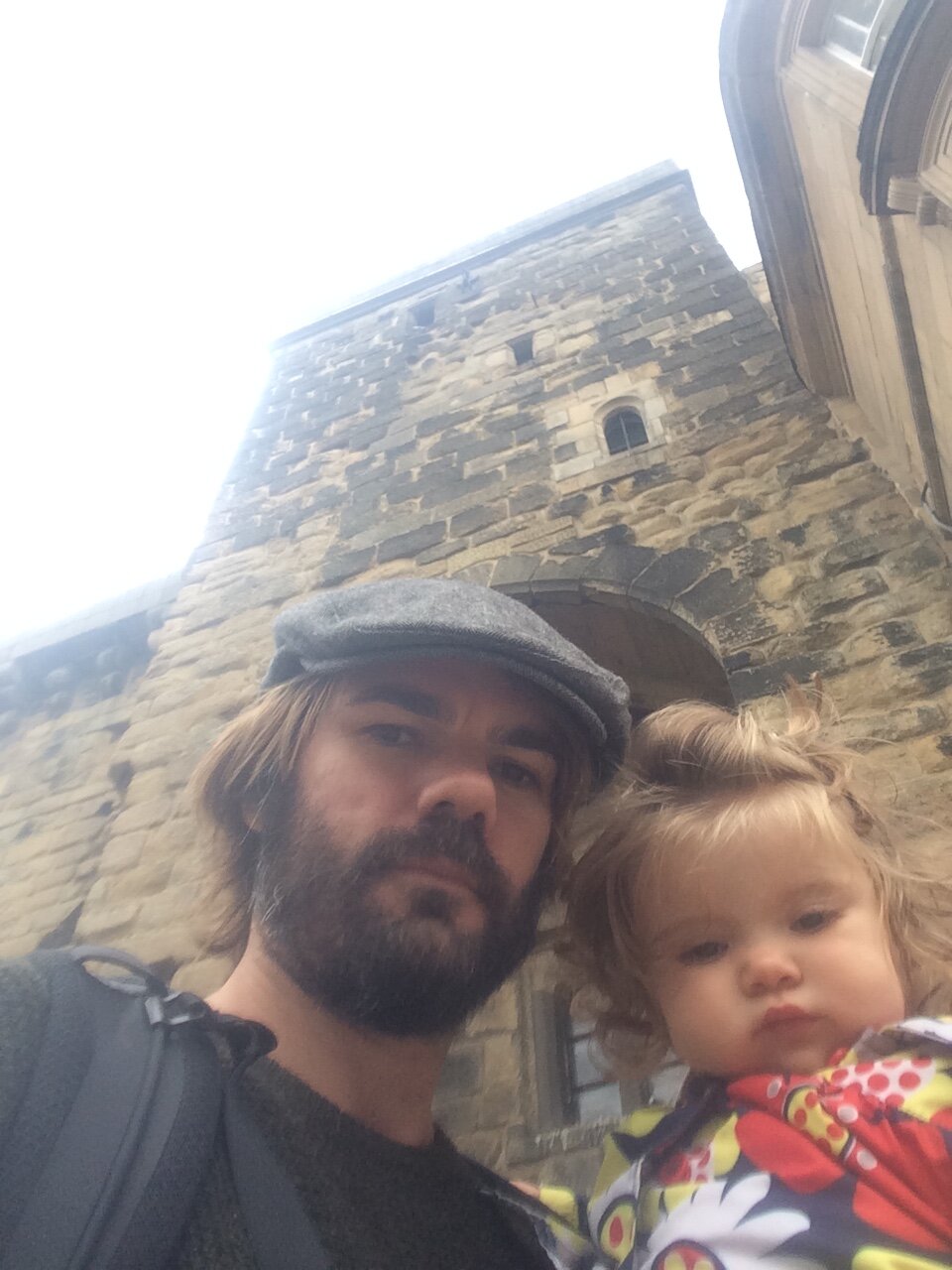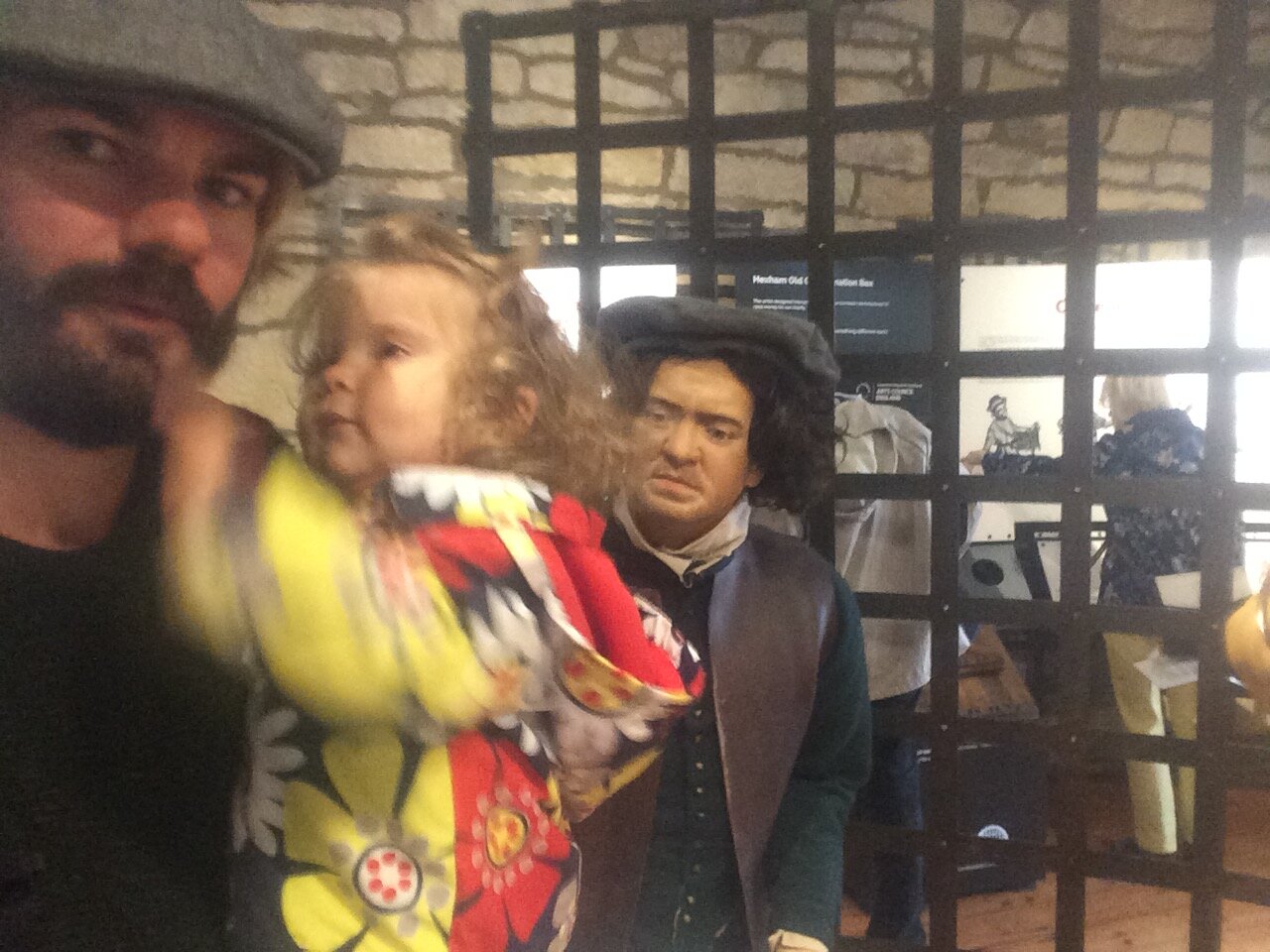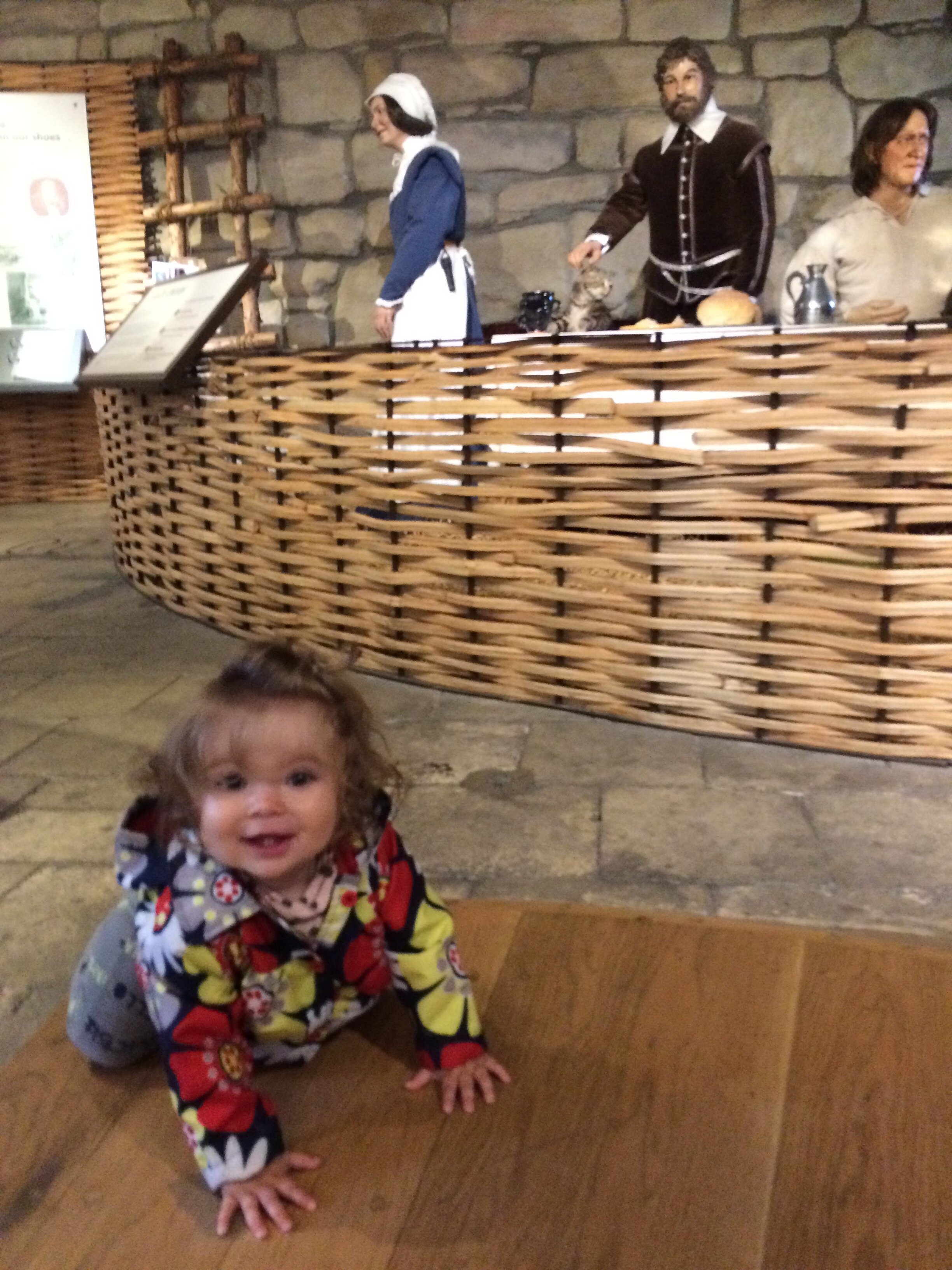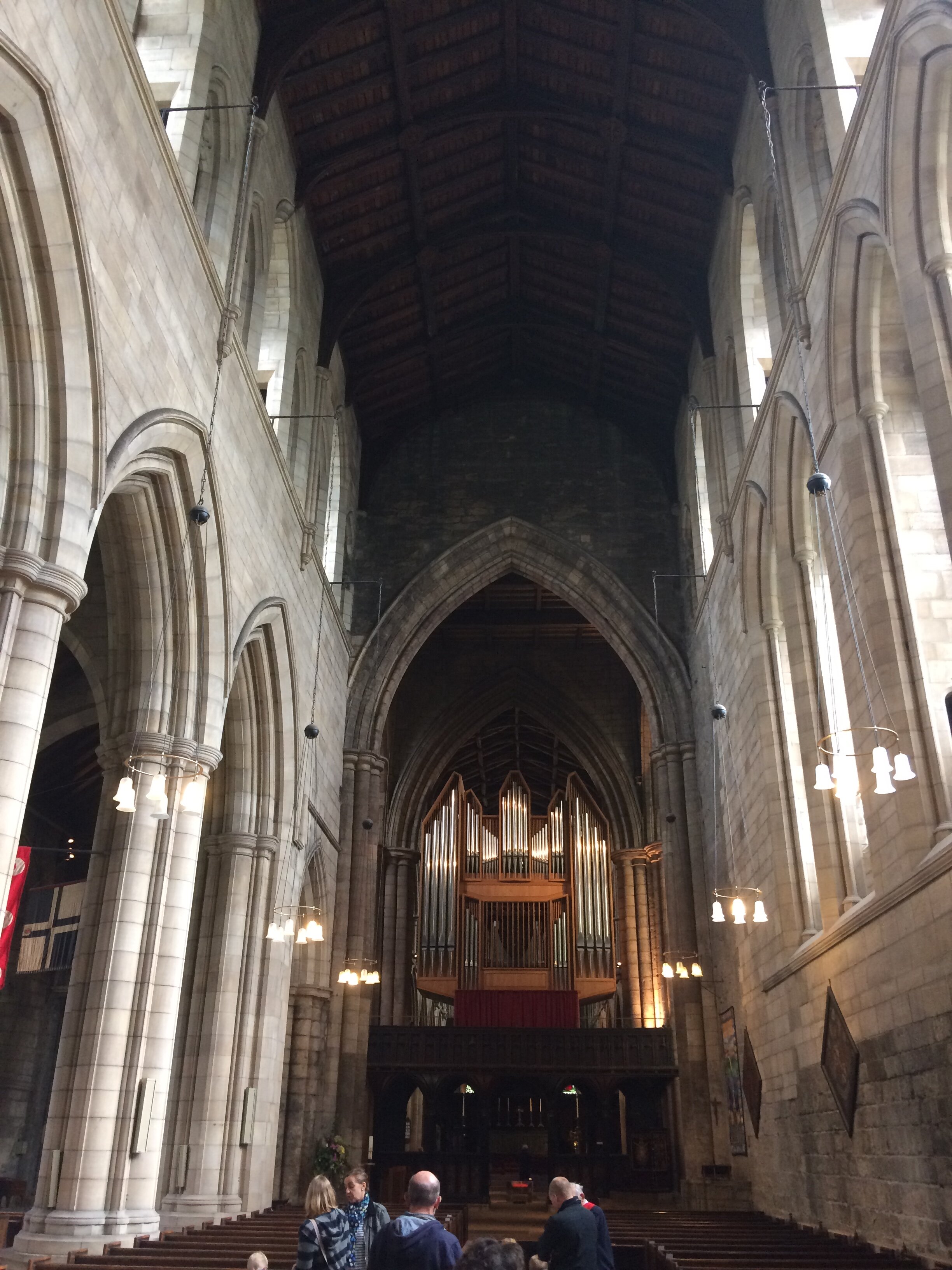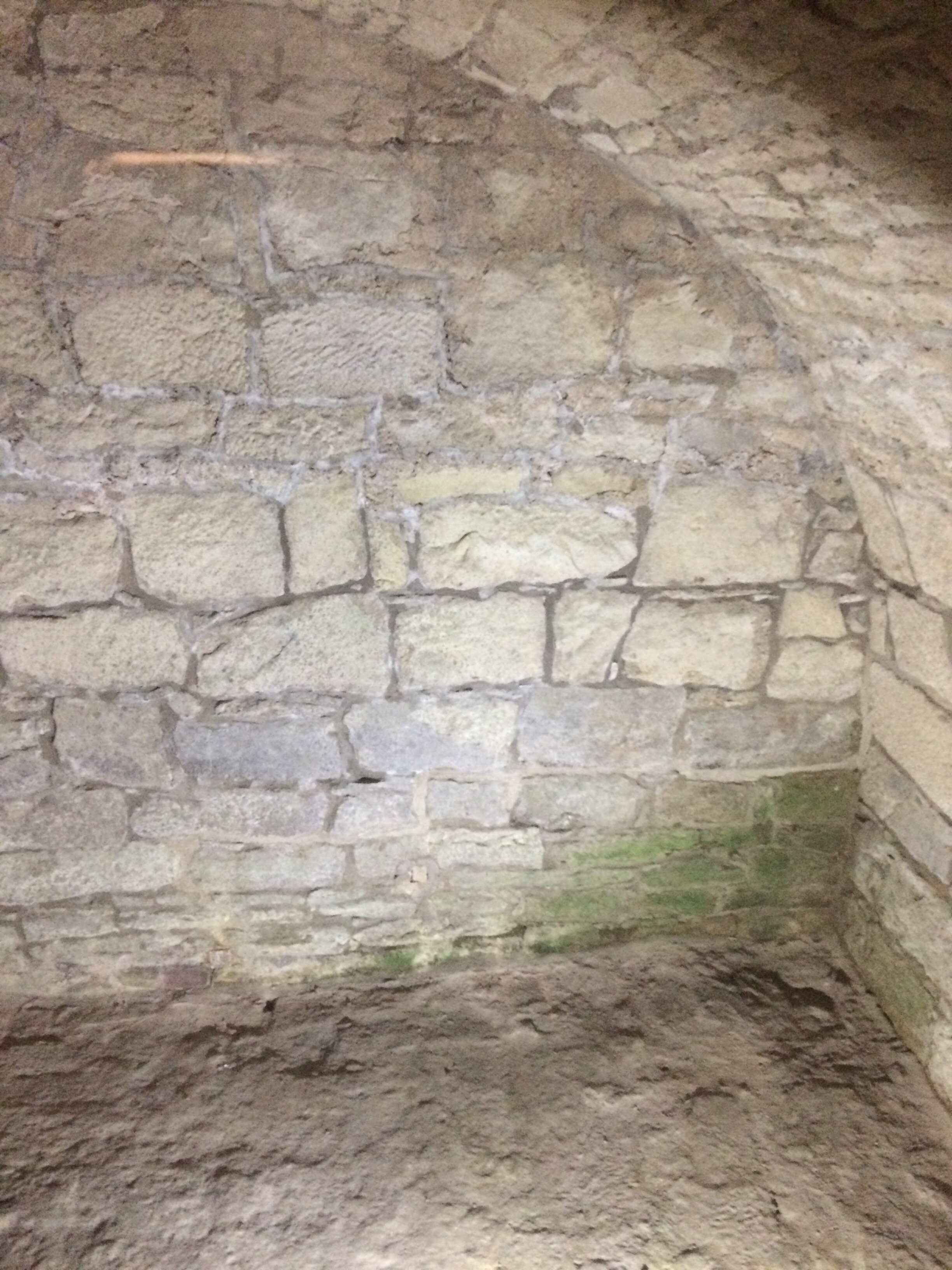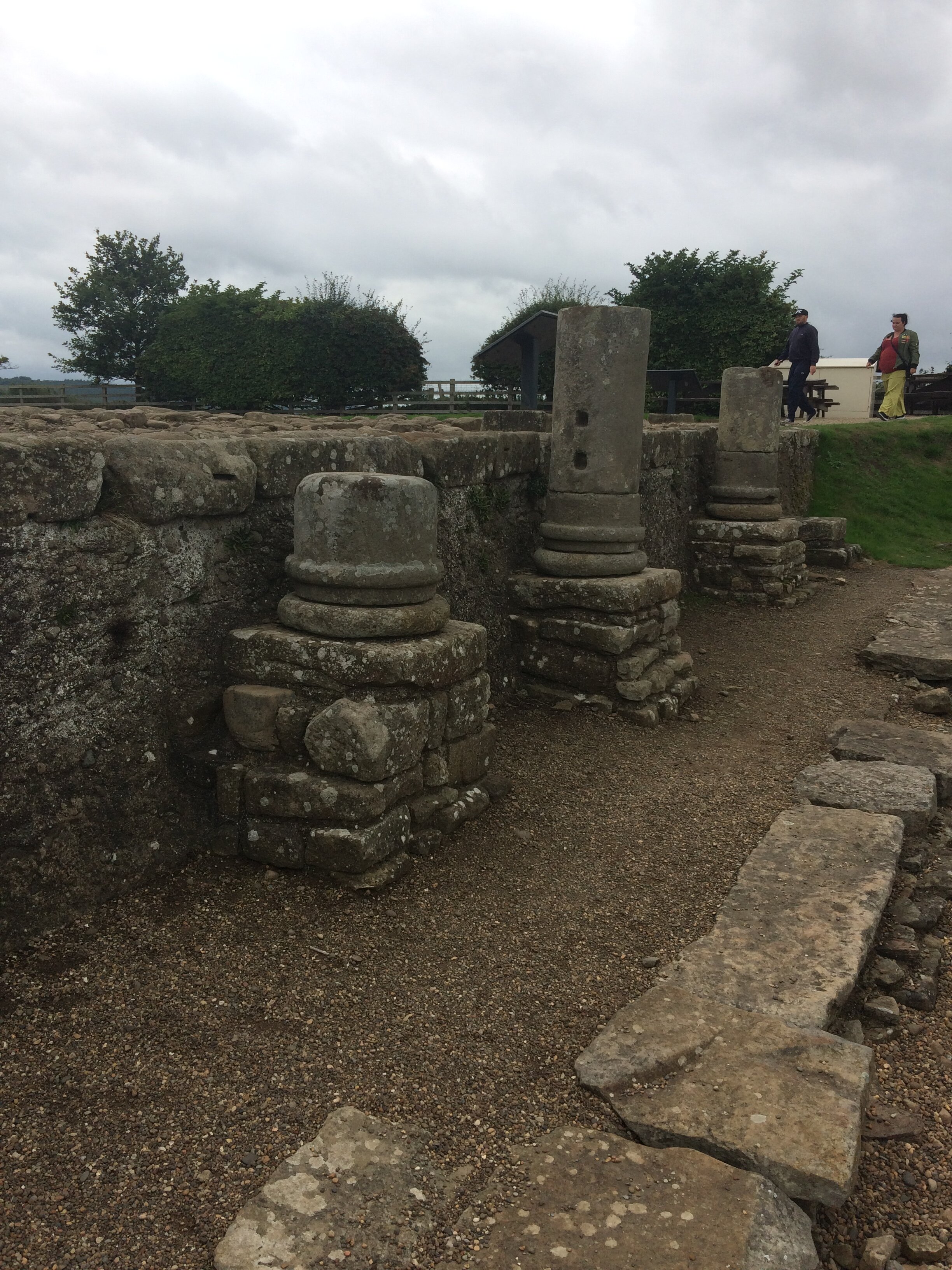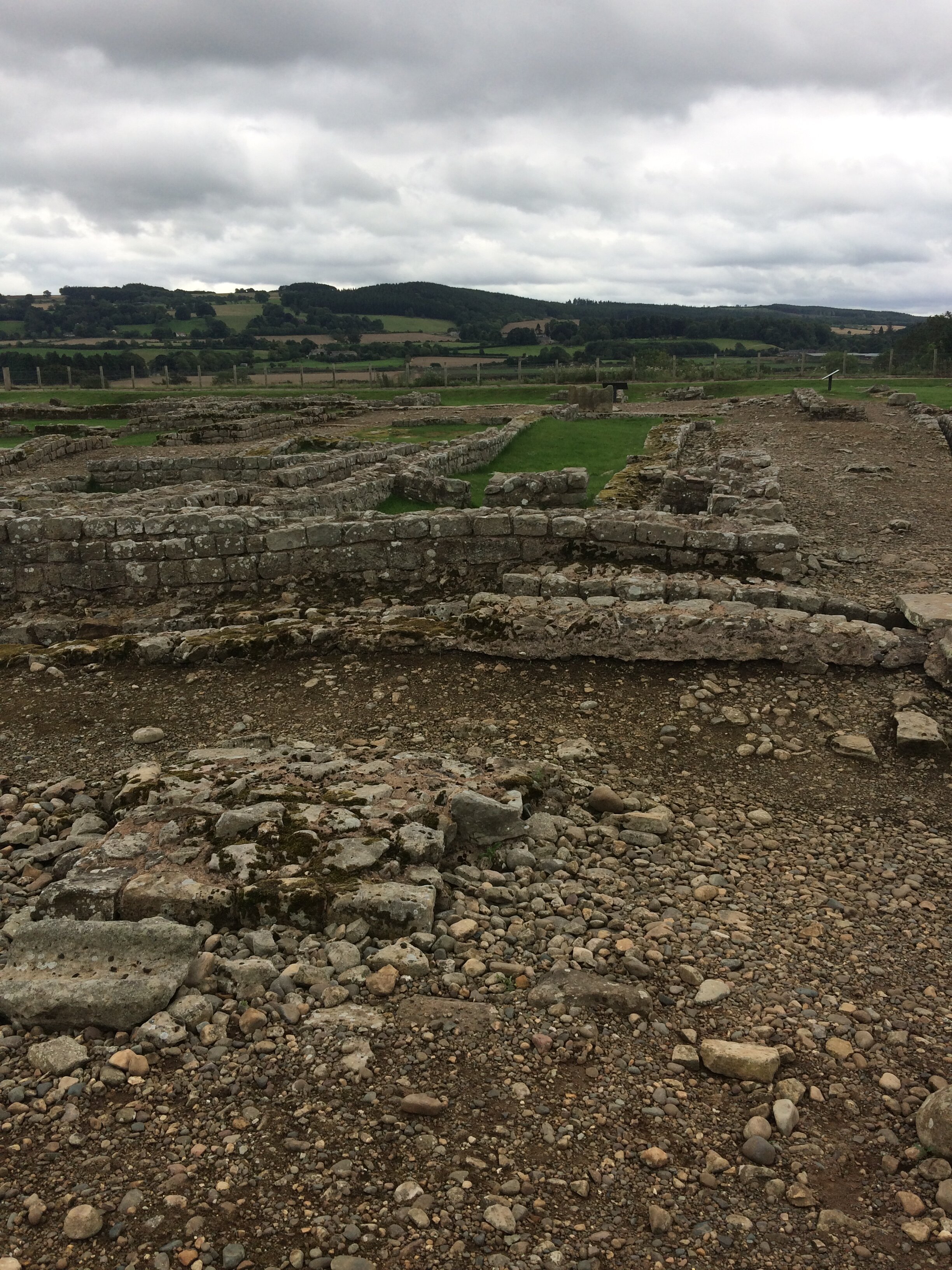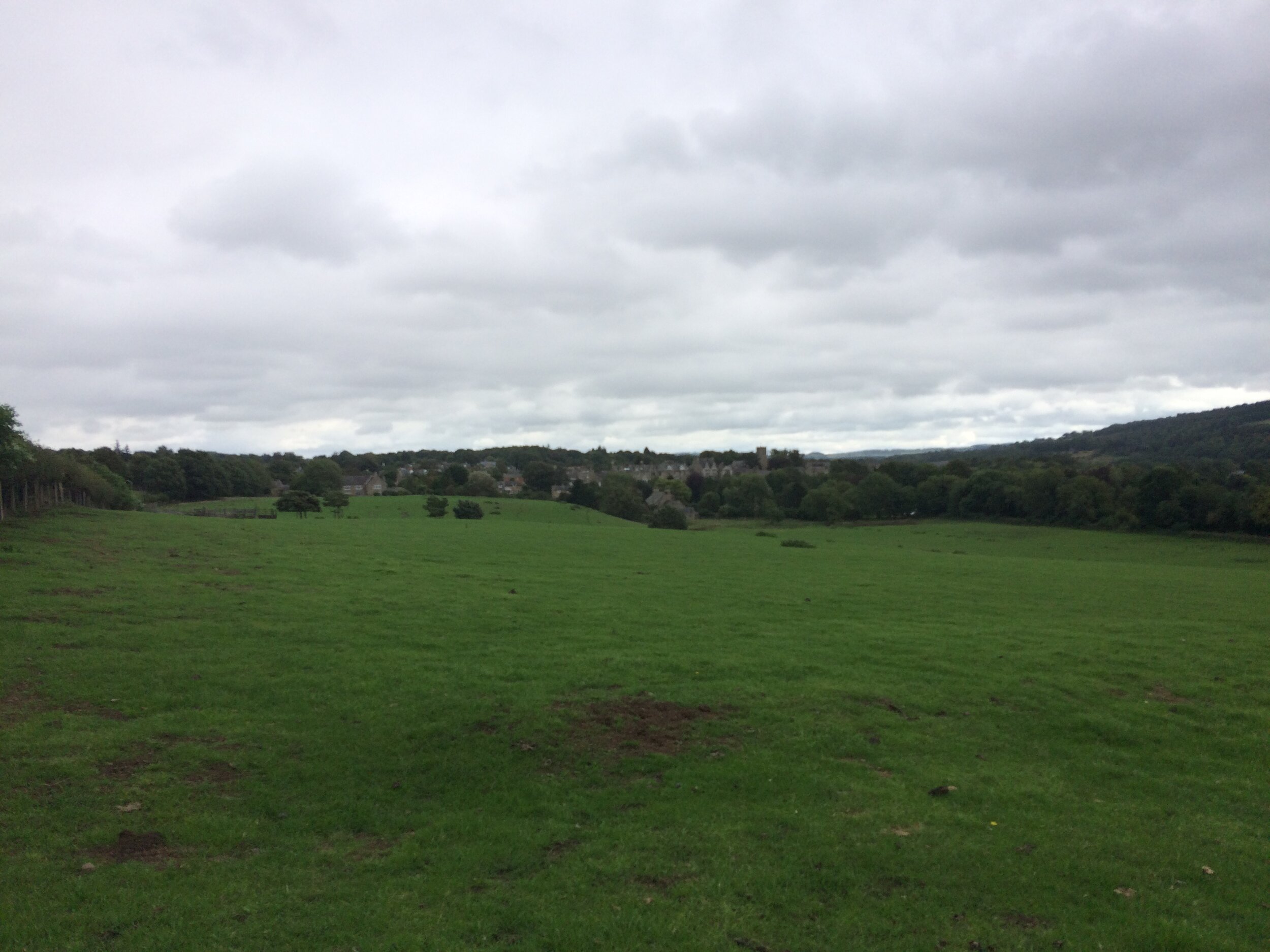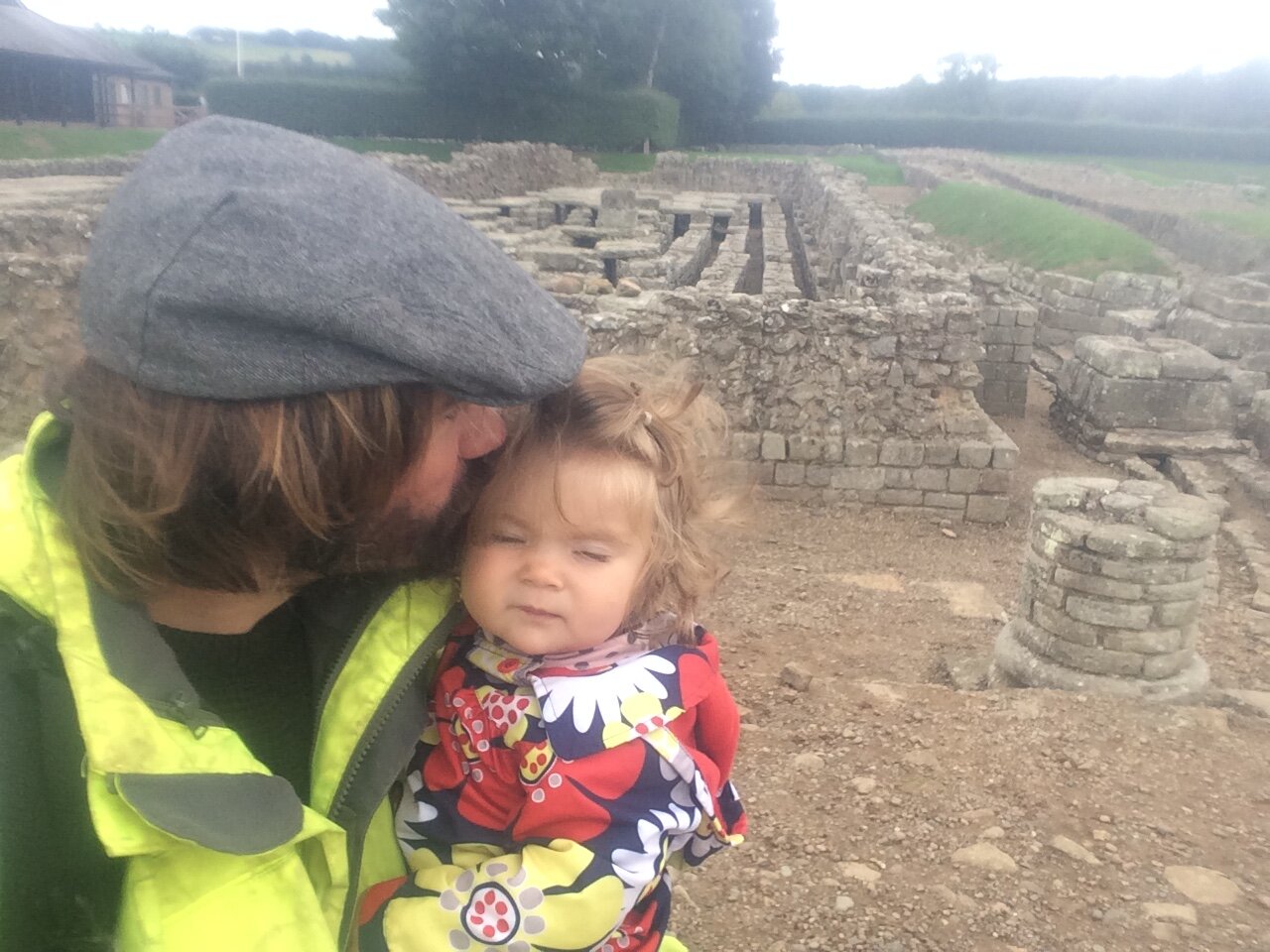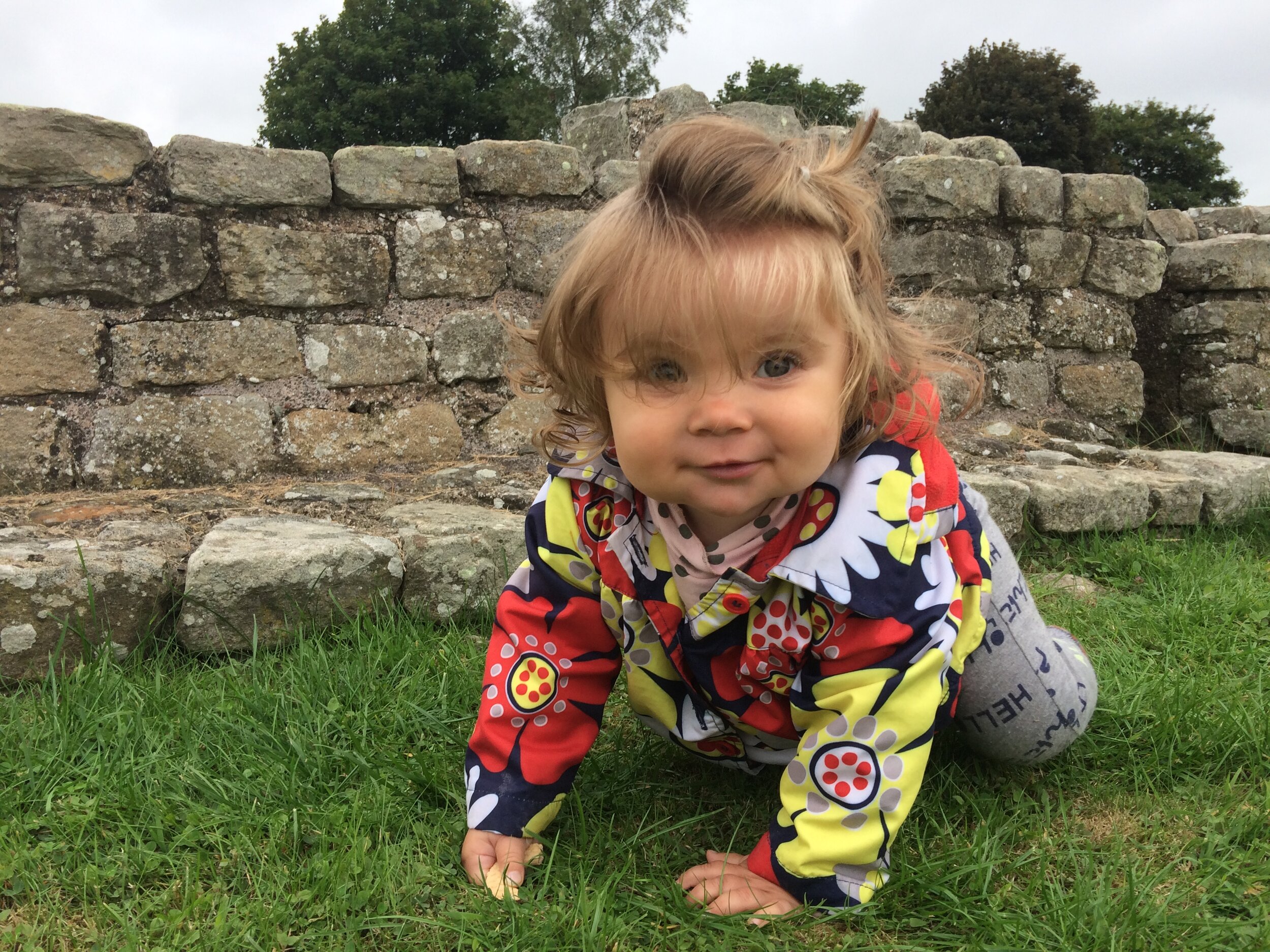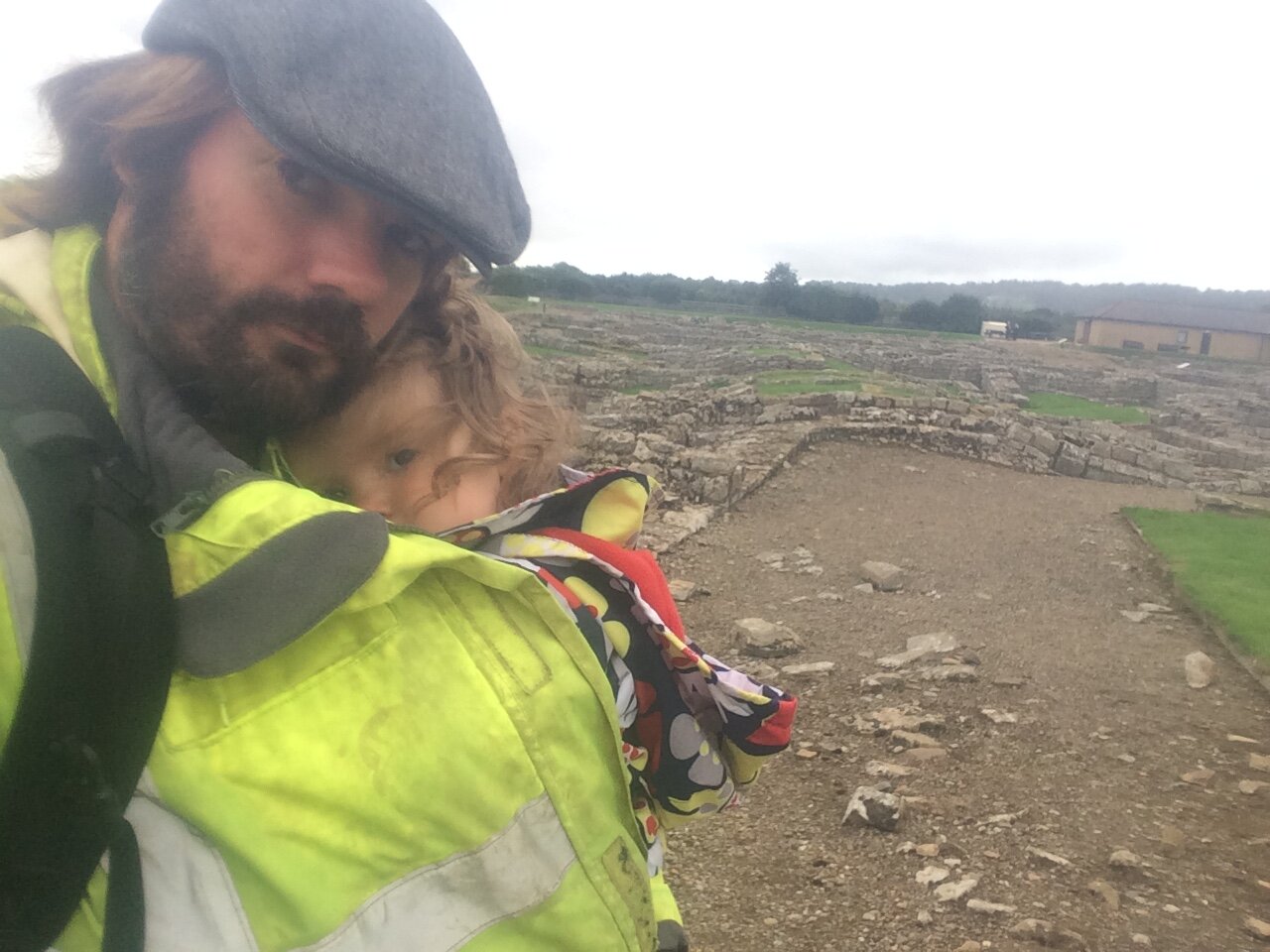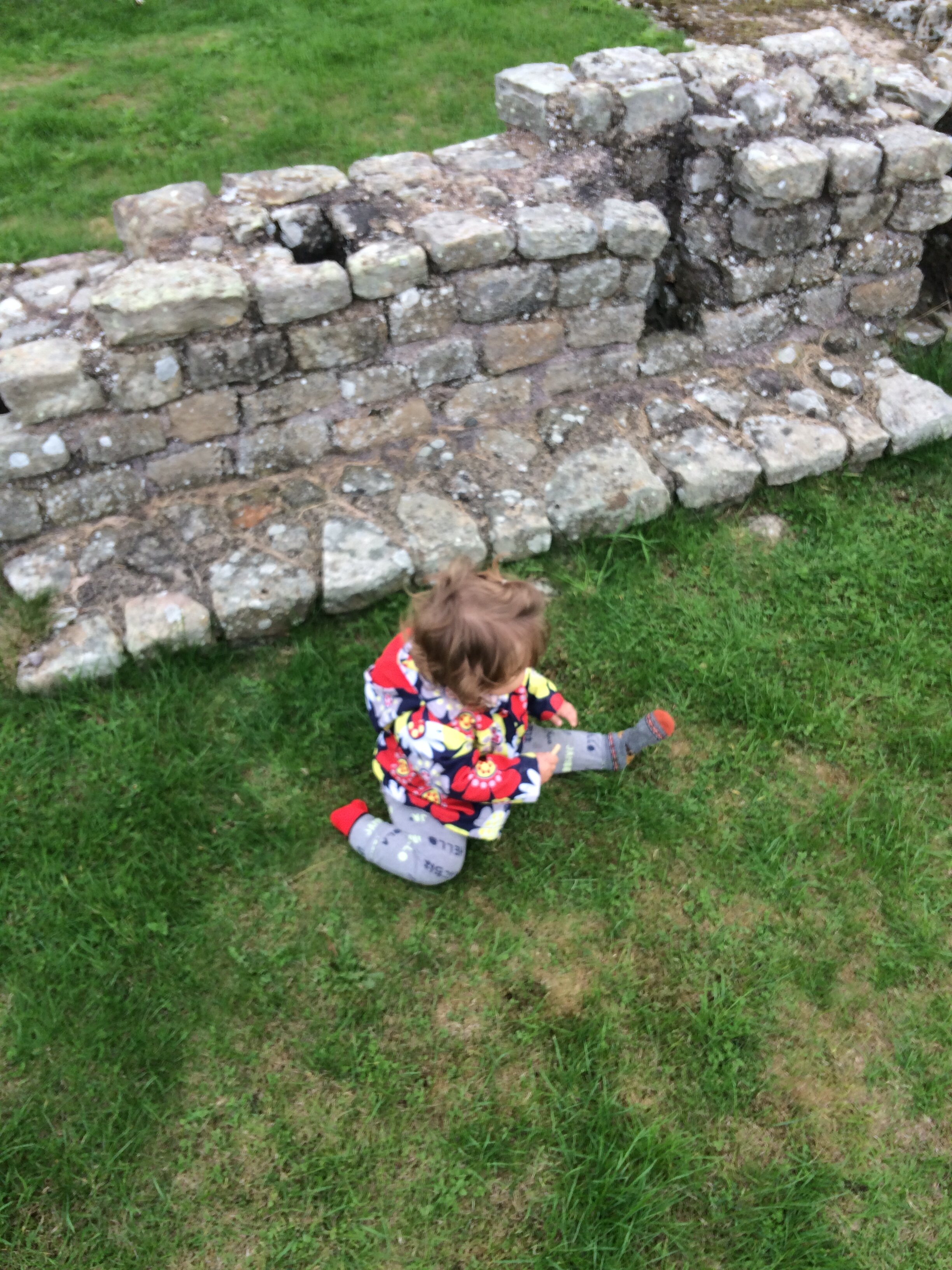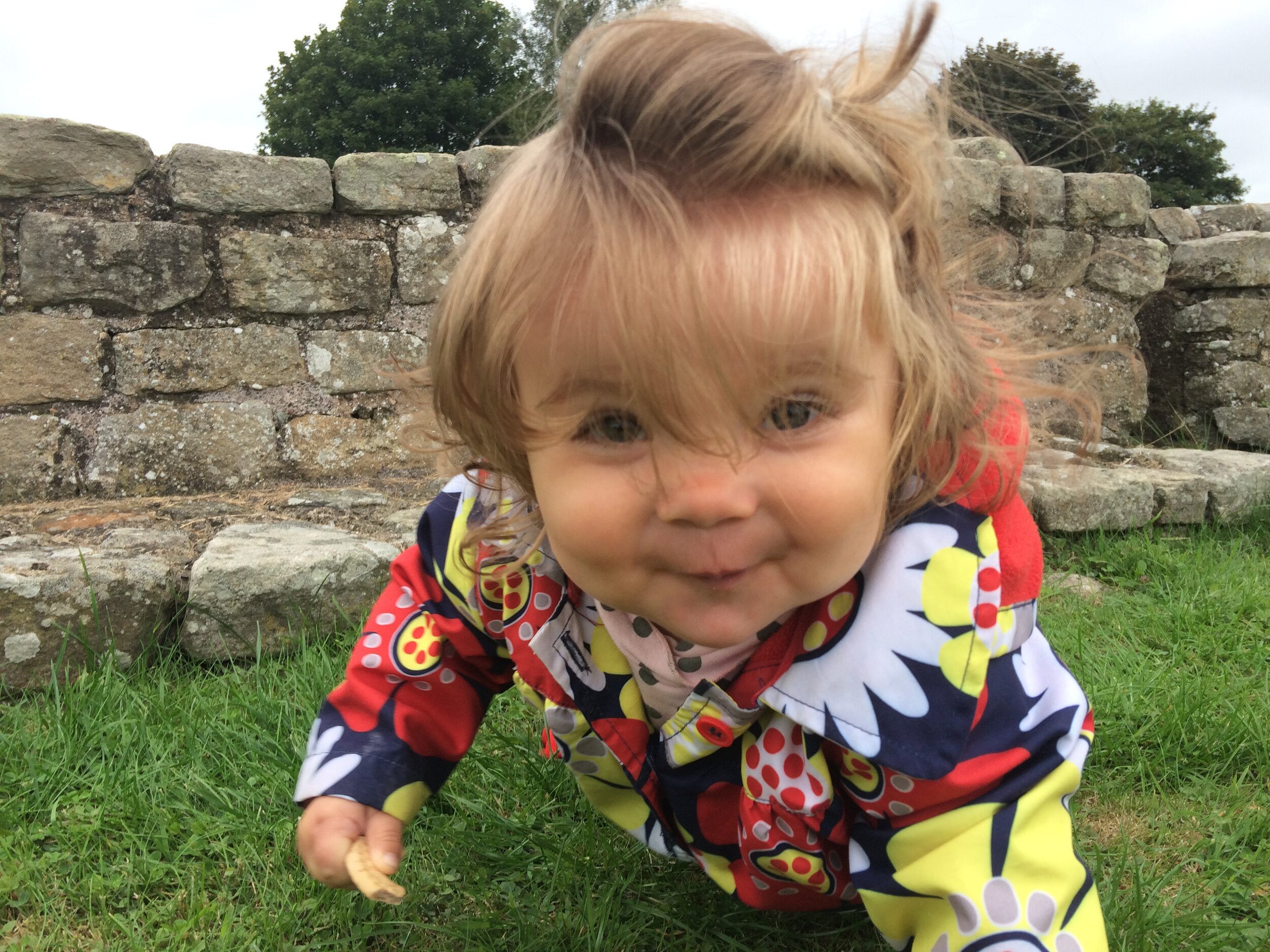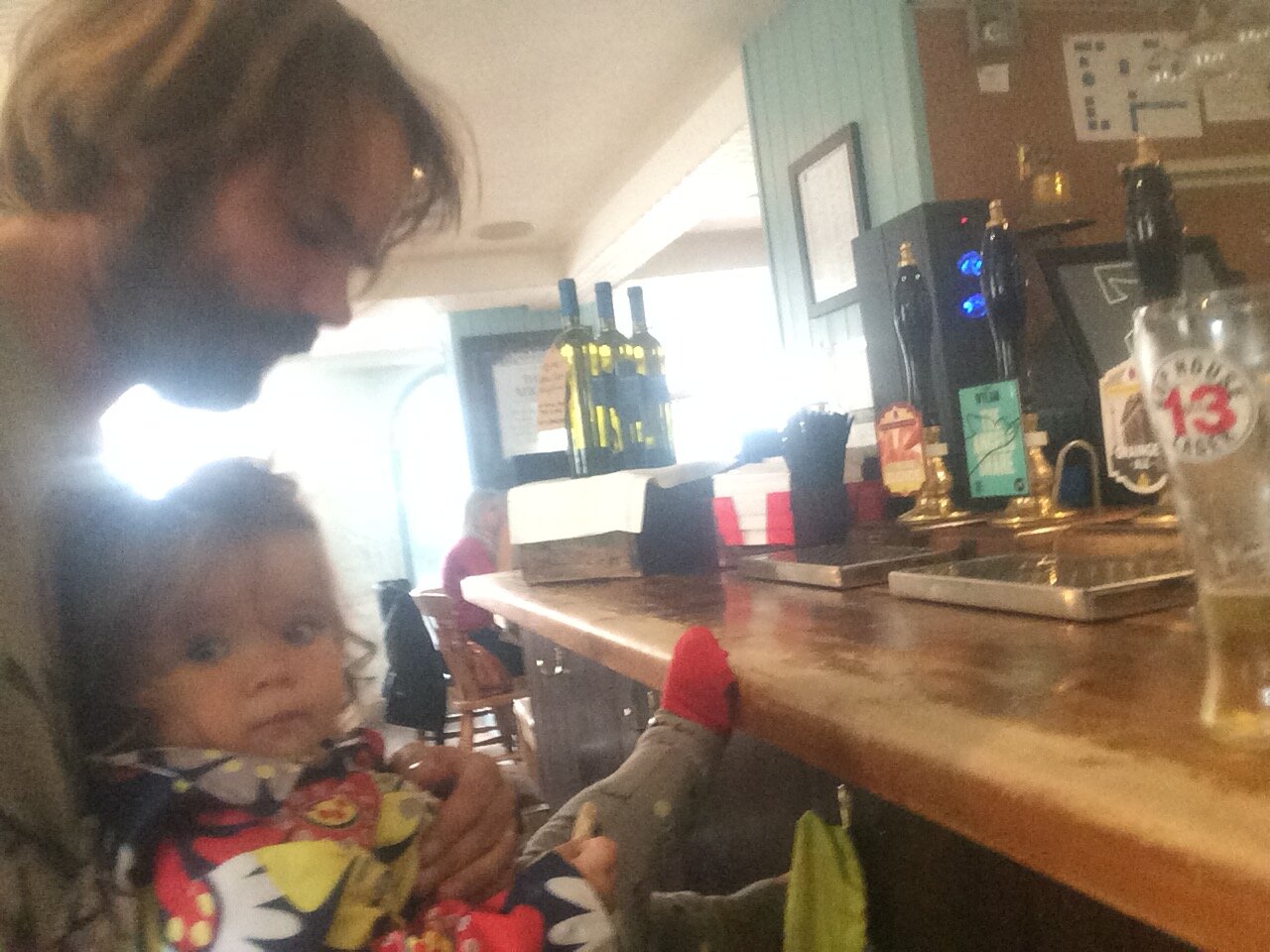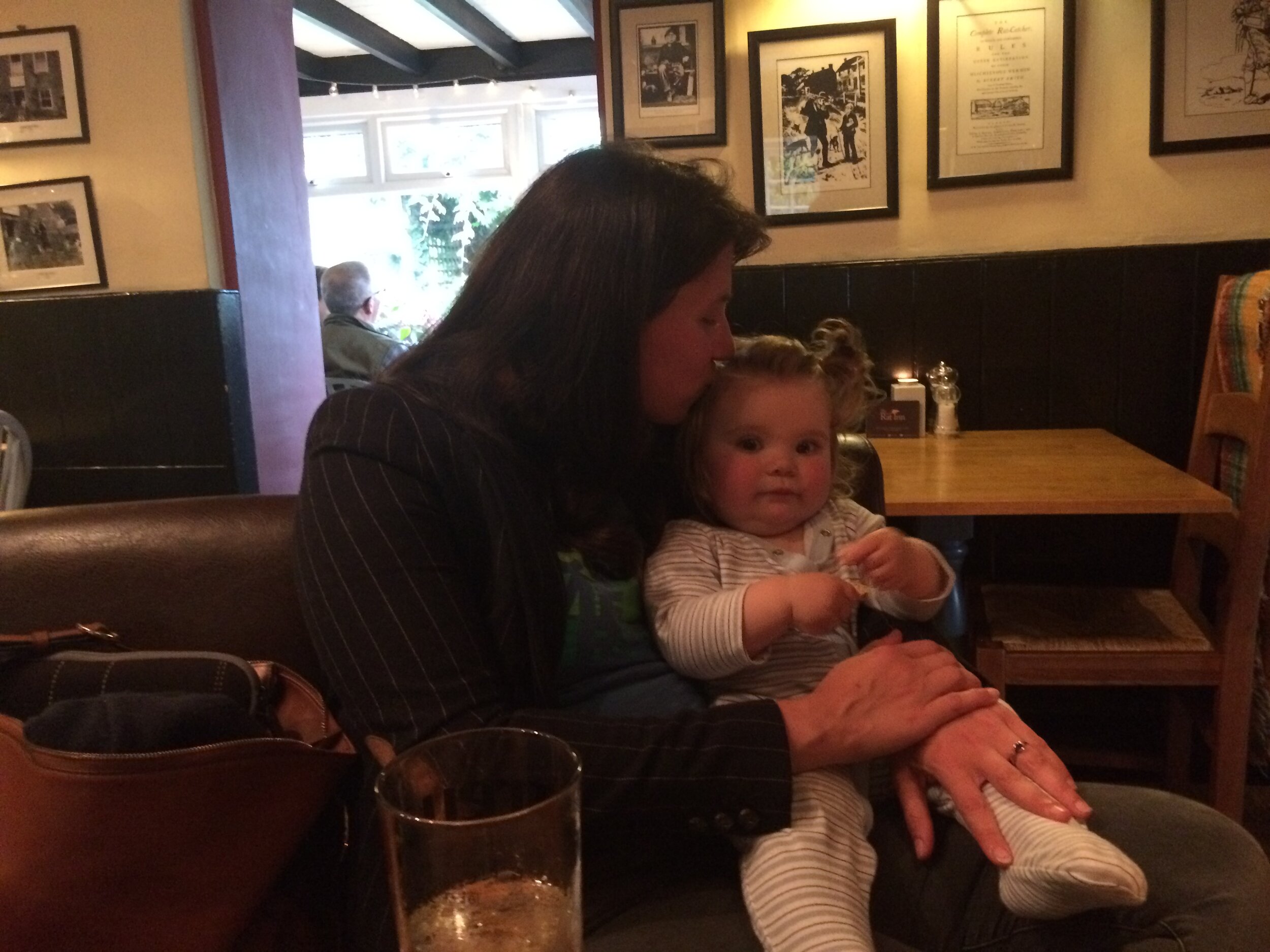How about a little bit of time travel, a nostalgic glance to adventures past?
It is a strange and scary truth that today, for a trip to witness the historical treasures scattered across our island landscape, you risk jail time or plague. Since the continued pandemic restrictions hold steady, we are yet to venture too far beyond our doorstep (hopefully not for much longer) so here instead is a recollection of an older adventure, when bizarrely, we would come perilously close to both...
This expedition was a particularly dangerous one, traversing frontier lands, tip-toeing across disputed borders steeped in age-old cultural animosities. This was the haunt of raiders and conquerors, of invaders and refugees, of peasants, farmers, merchants and warriors, Queens, priests, soldiers and slaves, prisoners and of course... ghosts. It is a place at the very ends of the known earth, or the very beginning, depending on your point of view, we were spoilt for choice in this unique liminal landscape.
Our expedition arose due to Emily ArchaeoMum being asked to appear on the quirky aquatic television show, River Hunters. Thanks to her underwater exploits, Audrey and I took the opportunity to explore the local historic hot-spots, of which there were many! Little did we realise our investigations would reveal a dark and terrifying past, and require the daring rescue of an imprisoned monk and his brave rodent companion.
We began our ramblings just a short wander from our lovely hotel in the centre of town. Hexham is a delightful little market town in Northumberland. It sits on the south side of the River Tyne and has been an important strategic position in the landscape since at least Roman times. Indeed it lies close to the world famous Hadrian’s Wall, that monumental architectural feat separating the barbarous North folk from the civilised Romans in the South... or maybe the other way round!
The picturesque town itself grew from a Benedictine monastery, founded by Wilfred in 674AD having been granted the land by Queen Etheldreda, making it one of the earliest seats of Christianity in England. The monastery was partially built from reused stone. It was phenomenal to witness material from the Roman ruins of the nearby epic boundary wall and its adjoining forts and Vicus.
We ventured into the ancient Abbey as it stands today. The Anglo Saxon Chronicle records AElfward, King of the Northumbrians being buried here in a Church after being slain by Sicga around the year 788. By the year 875, it is said that Halfdane Ragnarsson (the only child of the famous Ragnor Lodbrok to have been shunned in the Vikings saga by a cruel and ruthless Take 5 Productions) plundered and pillaged much of Tyneside. He burned Hexham monastery to the ground in a vicious raid, yet the religious building continued on after his incursions.
It wouldn’t be the last time Hexham was subjected to a violent onslaught. Scottish raiders regularly attacked the town, burning buildings, destroying shrines and any relics they found. In 1297 that most famous of Scottish superheroes, Mel Gibso... erm William Wallace, AKA Braveheart attacked the town and destroyed what remained of the monastery. Even this could not suppress the establishment, and its continuation illustrates the resilience and importance of the place. It is a building of singular beauty today.
Carefully navigating the spiritual sanctuary, Audrey and I explored some of the treasures hidden within its walls. The relics of a truly historic past were on display, not just glittering gold and precious stones in pristine cases, but also adorning the walls, carved into the furniture and even forged into the building itself. The reuse of ancient inscribed stone gave the Abbey an ancestral character, like a tattooed Druid contemplating a newly imposed religion. One particular block went for many years unnoticed as a floor slab, until it was discovered to be the face-down headstone of a Roman soldier, incredible reuse of elaborate masonry. The original Saxon crypt still exists, rediscovered during 18th-century building works, and here, in the dwindling amber glow, Audrey and I peered upon the poor unfortunate who had been incarcerated in this place for so long. Audrey decided we had to rescue this desperate spiritual soul.
With the grateful monk securely under Audrey’s protection, we made a daring escape from the Abbey. Guards were positioned at the doors and the courtyard was occupied by soldiers and religious leaders going about their business. It was far from easy but we expertly slipped out and made our way through the town, disguising ourselves amongst the locals. Most seemed genuinely unaware of the plight of the prisoner. It was unlikely he was alone in his captivity, but we only had the time to rescue one imprisoned monk on this occasion.
Yet having freed him from the clutches of evil, he begged of us a further favour. A companion of his had also been detained and placed in The Old Gaol. If we could rescue his furry friend, he assured us it would be a sign of freedom and justice and a blow to the oppressing forces at work. We could not ignore his plight.
The Old Gaol gives a unique portrait of Hexham’s troublesome past. It is said to be the oldest Gaol in all of England, built by the order of the Archbishop of York in the year 1330. Prisoners would be placed in chains or even in the stocks and thrown mercilessly into the dungeons of this imposing building, where they would suffer awfully in the darkness amongst the vile monsters that dwelled there... not the fleas or the lice, but the inmates, and worse, the wardens!
Prisoners were charged extortionate prices for their very incarceration and could even end up paying corrupt officials for preferential treatment. With a lack of hygiene, poor conditions and only a little care for the residents, lice spread, quickly spreading infection and serious discomfort. It would of course lead to the spread of plague, a frequent and ruthless horror throughout the history of the Gaol.
There is a curious relic housed in the Gaol, the skull of Colonel Sir John Fenwick. It is said that Fenwick fought in the Royalist army during the Civil War but was hit from behind in the head by an axe during the battle of Marston Moor in 1644, meeting a brutal end. The helmet is rumoured to have once belonged to the Duke of Somerset, who was killed during the Wars of the Roses. Fenwick is said to have removed the helmet from the burial place of the Duke in Hexham Abbey... didn’t do him too much good in the end though. Folklore has it Fenwick’s skull has a favoured room in the Gaol. Whenever it is moved from its preferred position, the skull mysteriously finds its way back, though no one quite knows how it makes the journey!
Audrey and I carefully descended the prison confines, from its comparatively luxurious rooms at the top to the dark and gloomy dungeons deep below the earth. It retains a sinister and sombre atmosphere throughout. If our new friend had a companion in this place, we had to help. At last, we found the poor captive, held against her will in the confines of these depressing prison walls. It was with difficulty that we were able to sneak Bumble (the furry rodent friend of our monk) out of that place. The dangers still torture my thoughts, had we been caught, perhaps we would all be locked up, rotting away in that damp, dark, devastating dungeon still.
With our daring escape completed, and our new companions desperate to enjoy the delights of freedom, fresh air and wide-open space, we loaded our vehicle and set out on a final adventure to see where it all began for urban settlement in this region.
Corbridge Roman town is situated just three miles from Hexham and was a bustling supply town on the Roman frontier from the late first century right through to the fifth. We walked amongst the ancient foundations, the stone footprints of a world long gone by. We wandered along streets two thousand years old and still scarred upon the landscape. It was an awe-inspiring experience, imagining the multitude of feet that we were following. Audrey gave her companions a grand tour and basking in their newfound freedom, the smiles were plentiful.
We perused the treasures of Corbridge, a hoard of weaponry, tools, writing tablets, armour, textiles and papyrus. There were everyday luxuries and essentials, a priceless glimpse into the lives of the ancient inhabitants, so much buried in the landscape for so long.
Finally it was time for our journey to end. It had been a whirlwind of action, adventure and exploration. Exhausted but elated we made our way back to the hotel and awaited Emily’s return. The TV crew and celebrity hosts trundled in for a delightful dinner, good music and a few well-deserved beers (milk for Audrey) before we called it a night.
The Beeb, the Underwater Archaeologist, the Archaeodad, the Monk and the Rat, we all slept as soundly as I think it is possible that night.
It was as perfect an adventure as I can remember.

